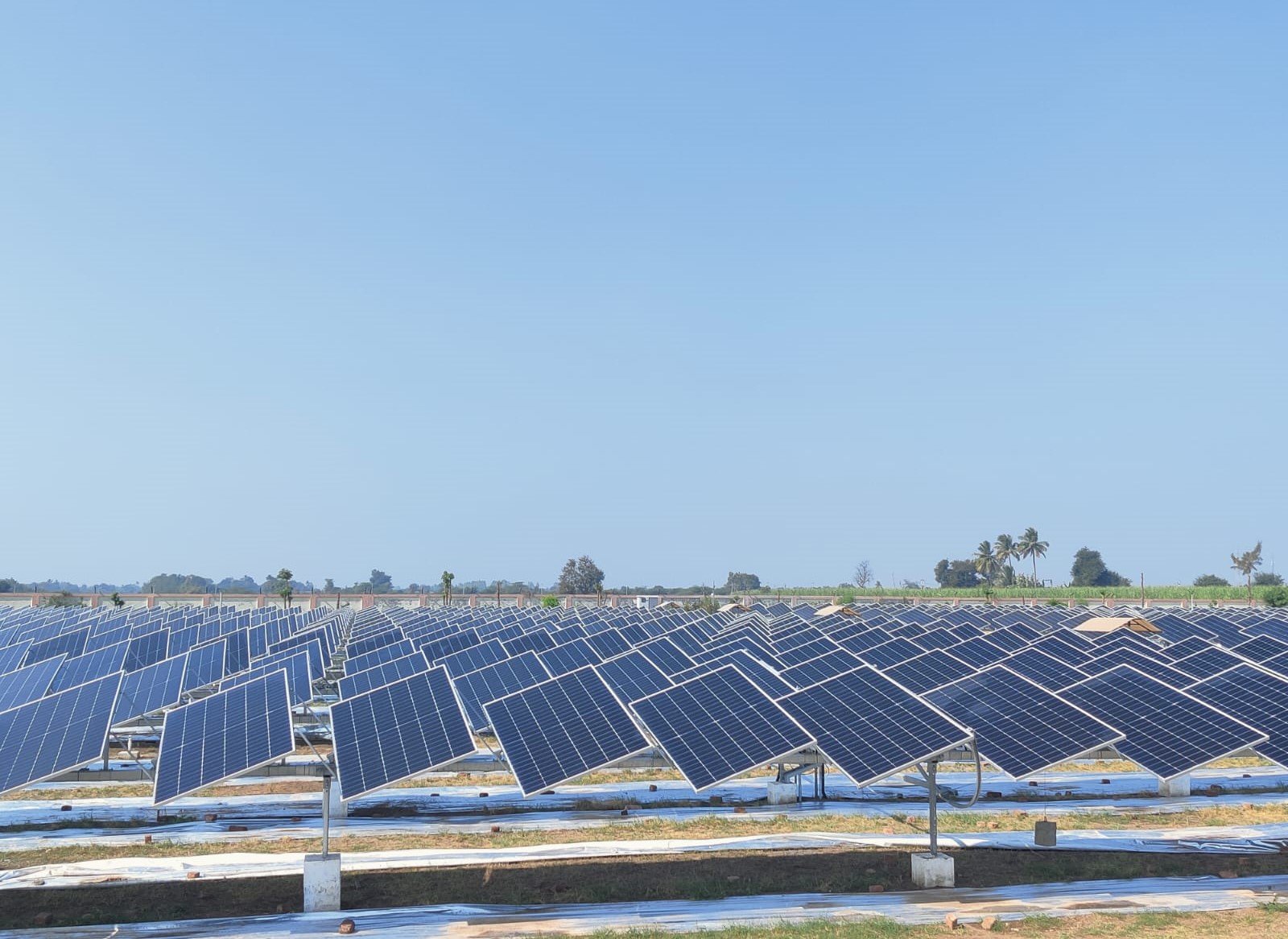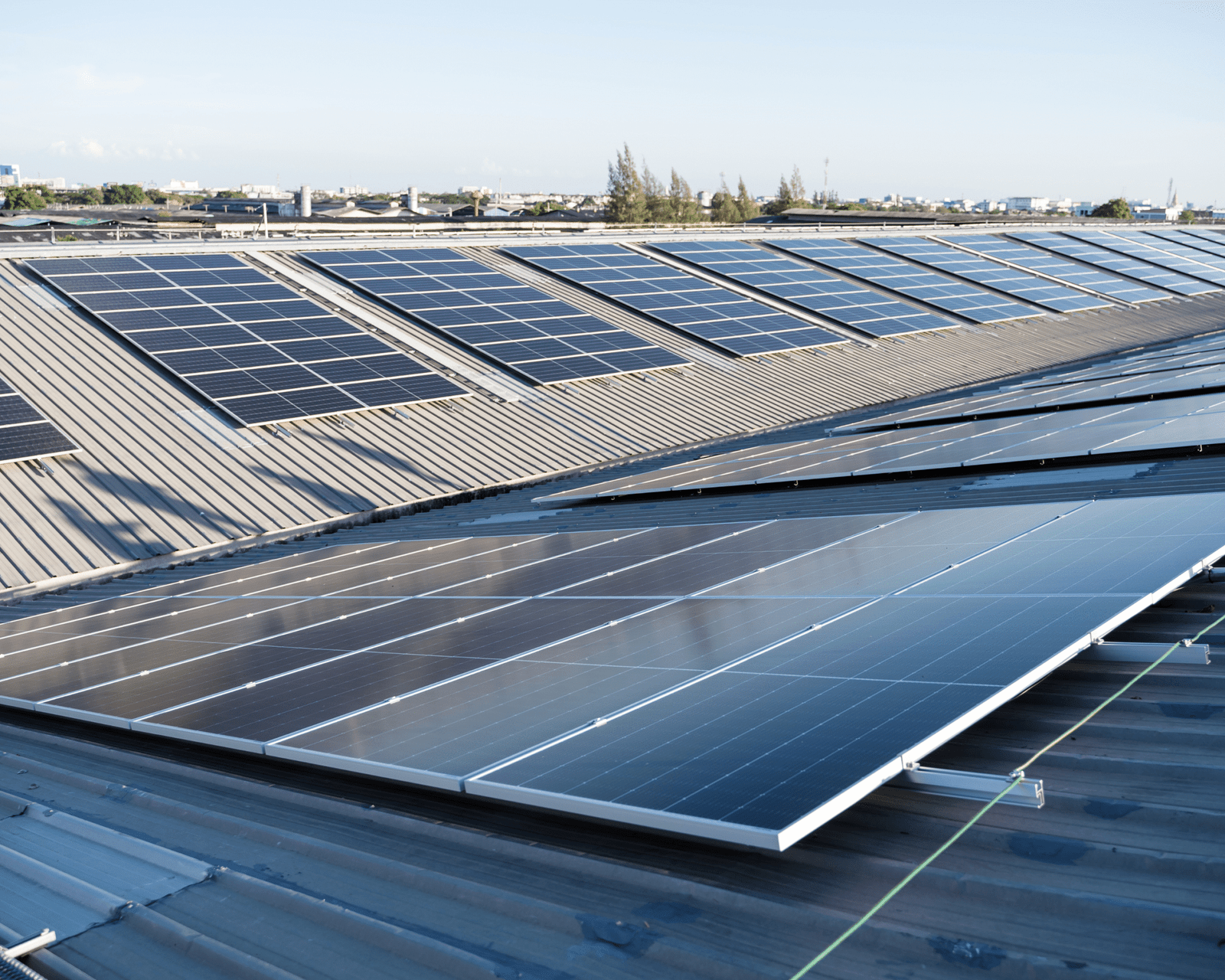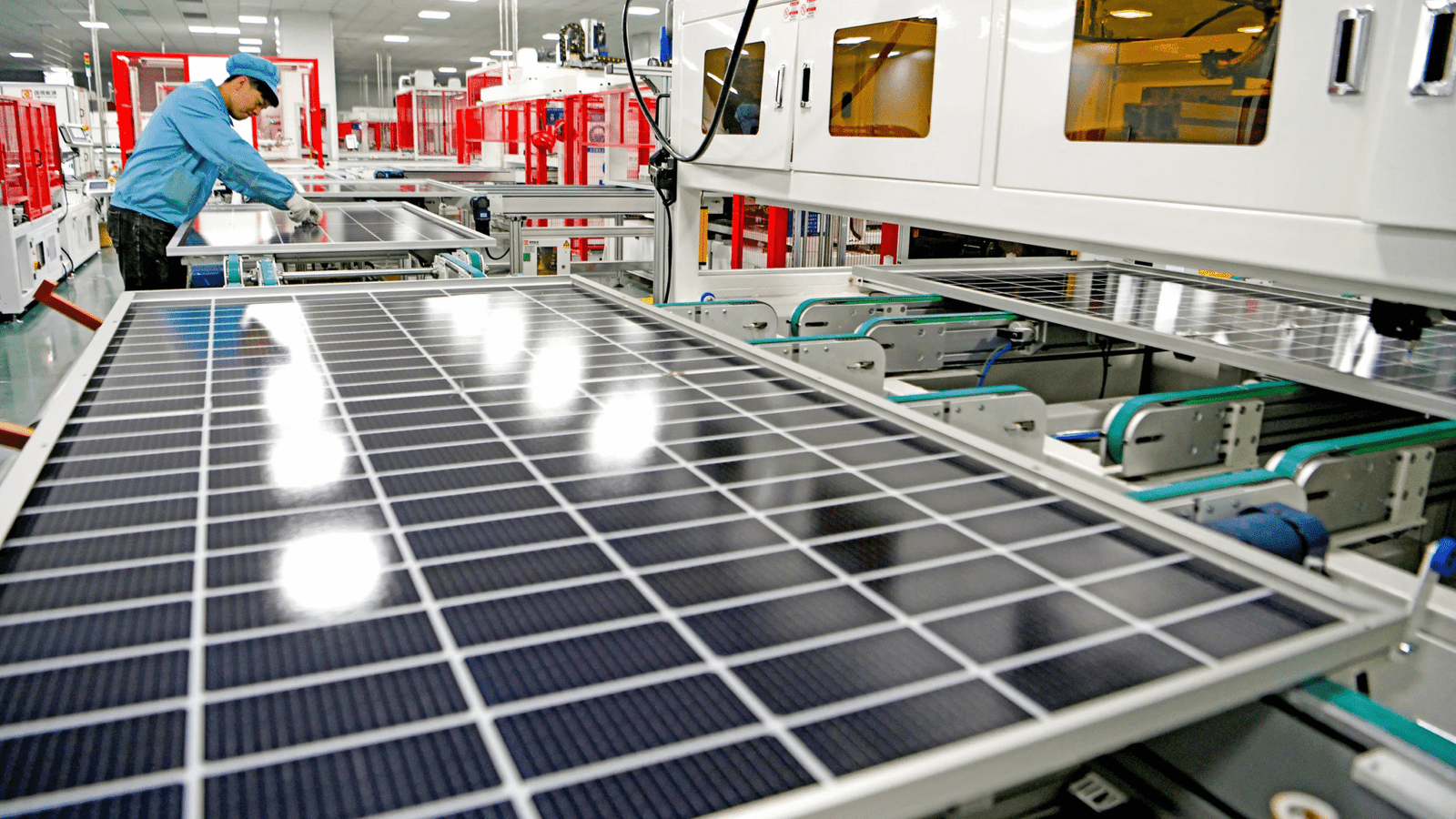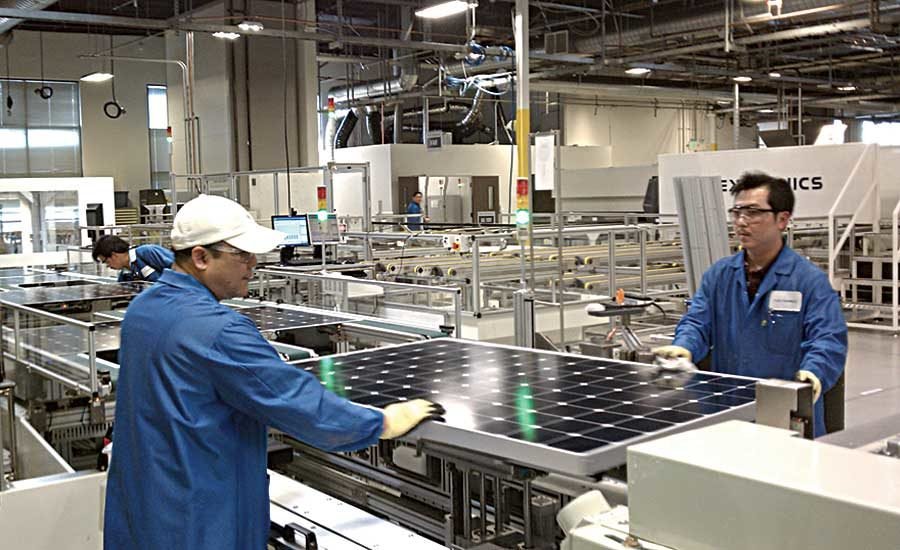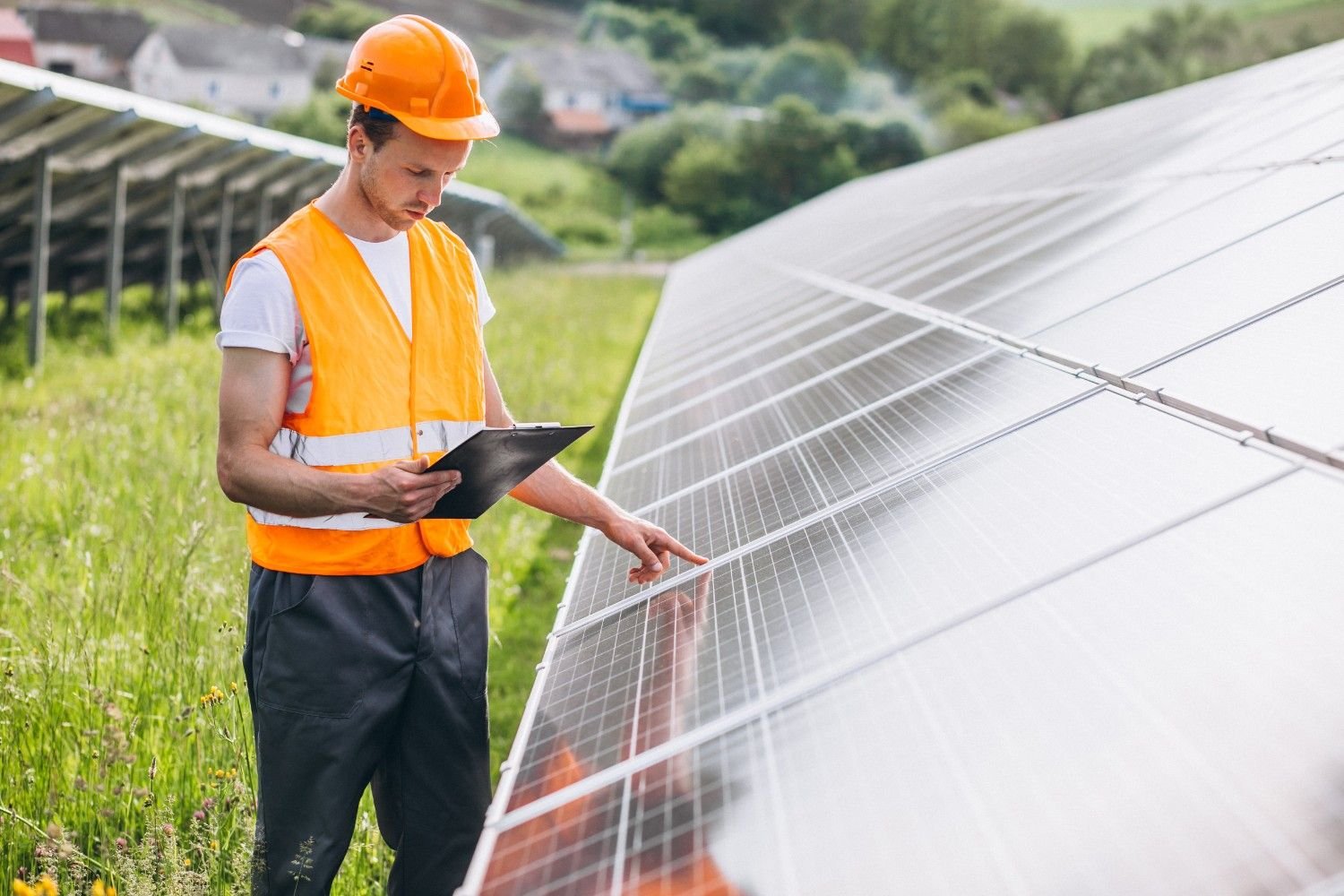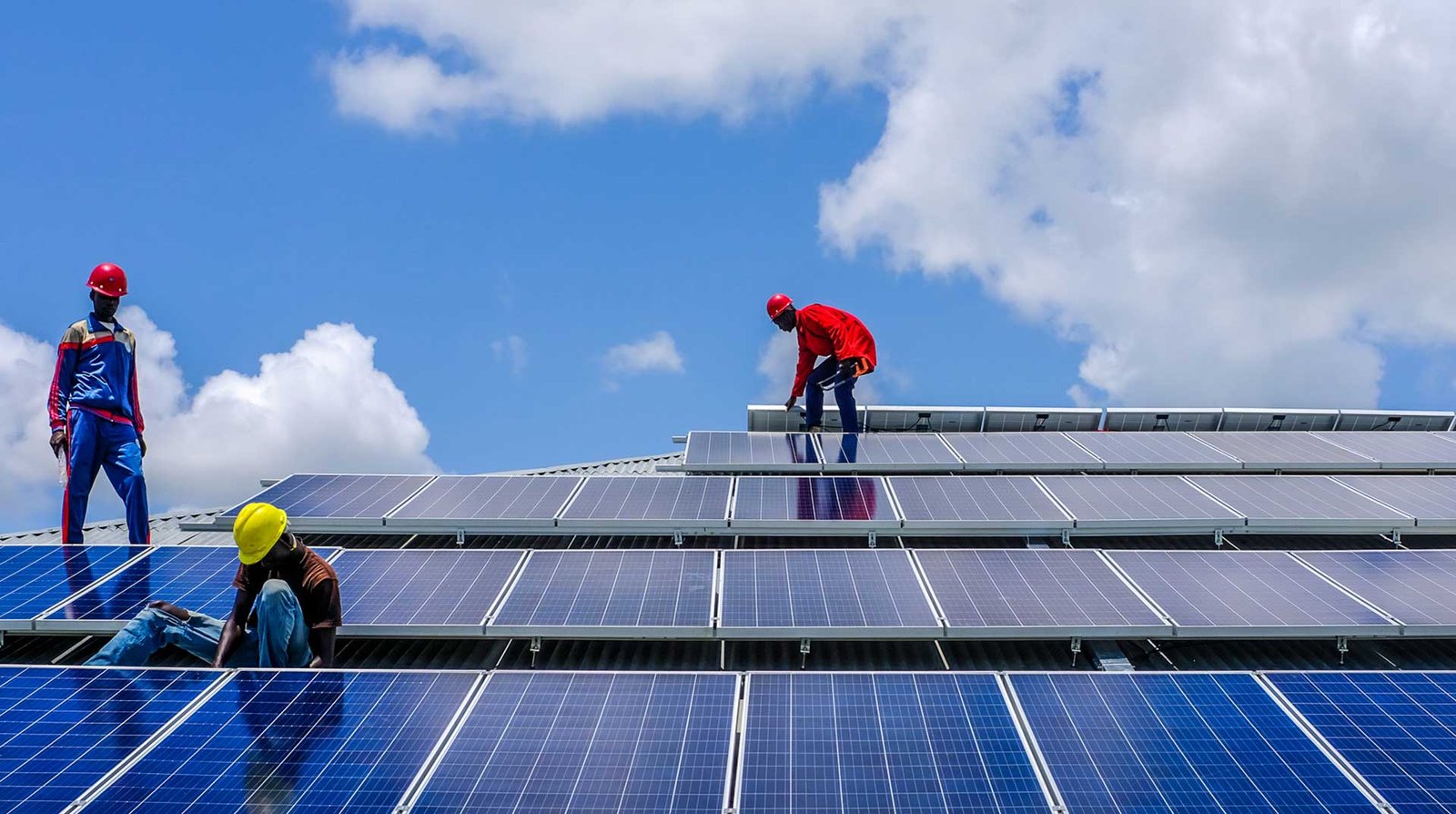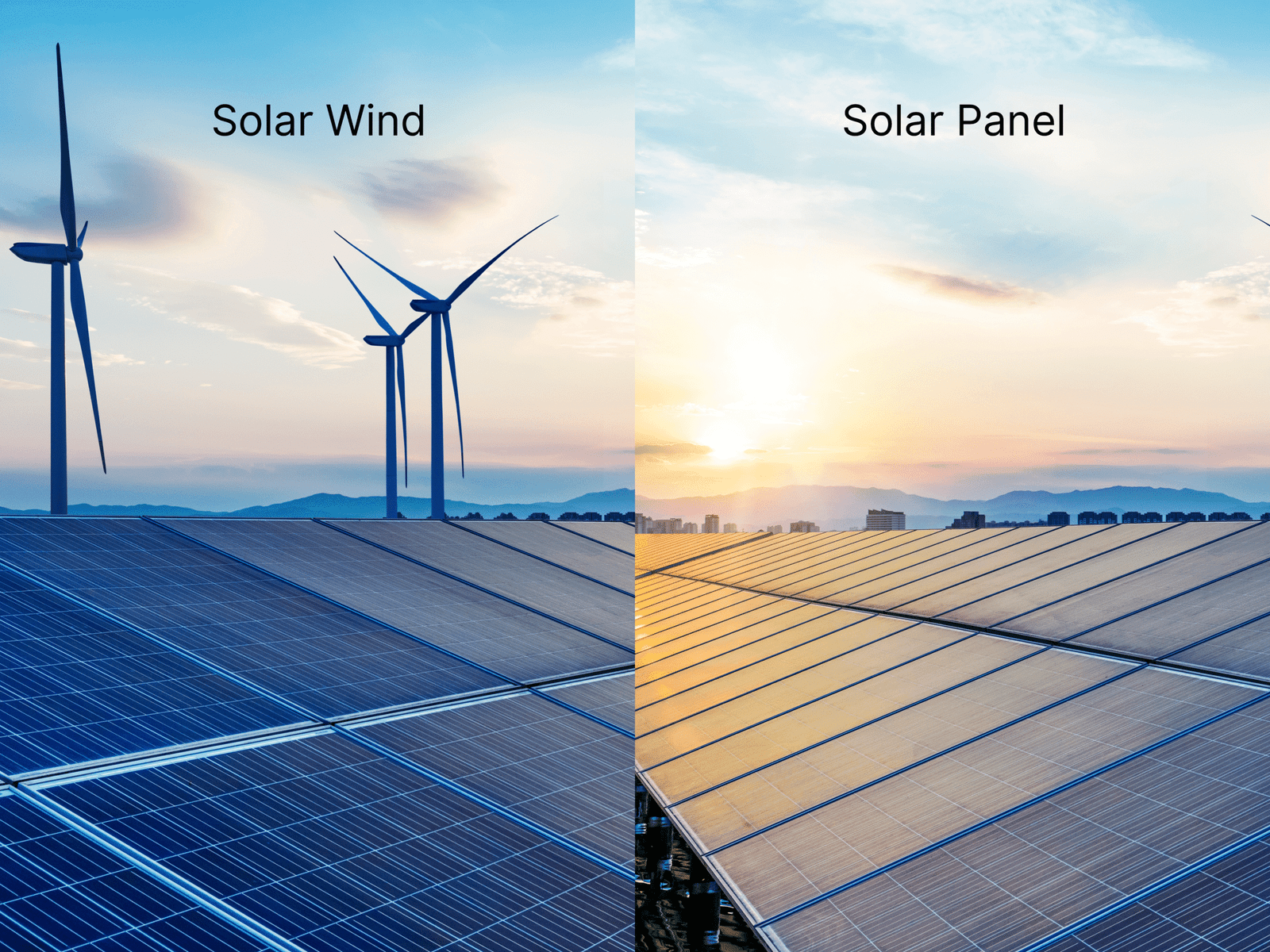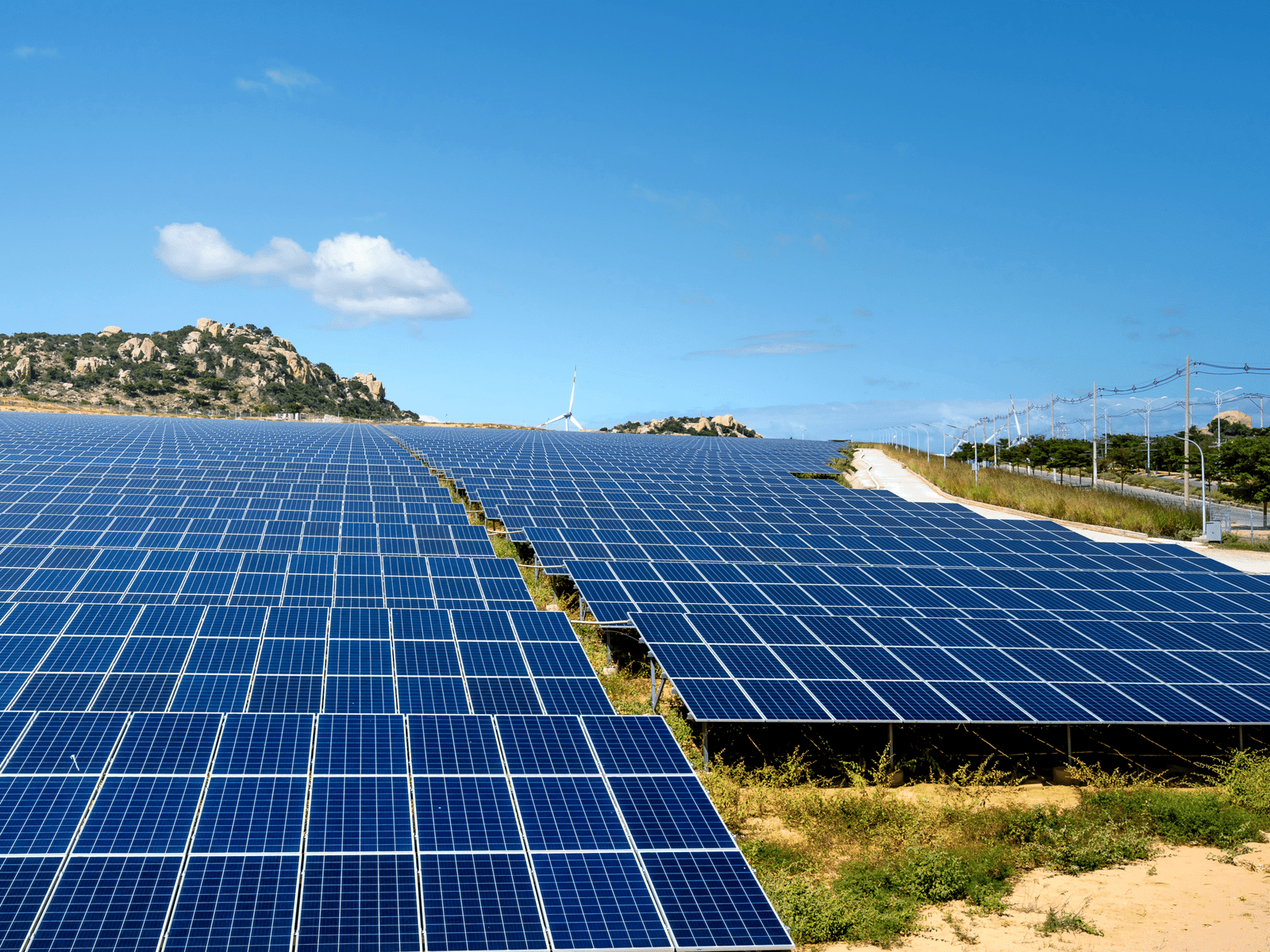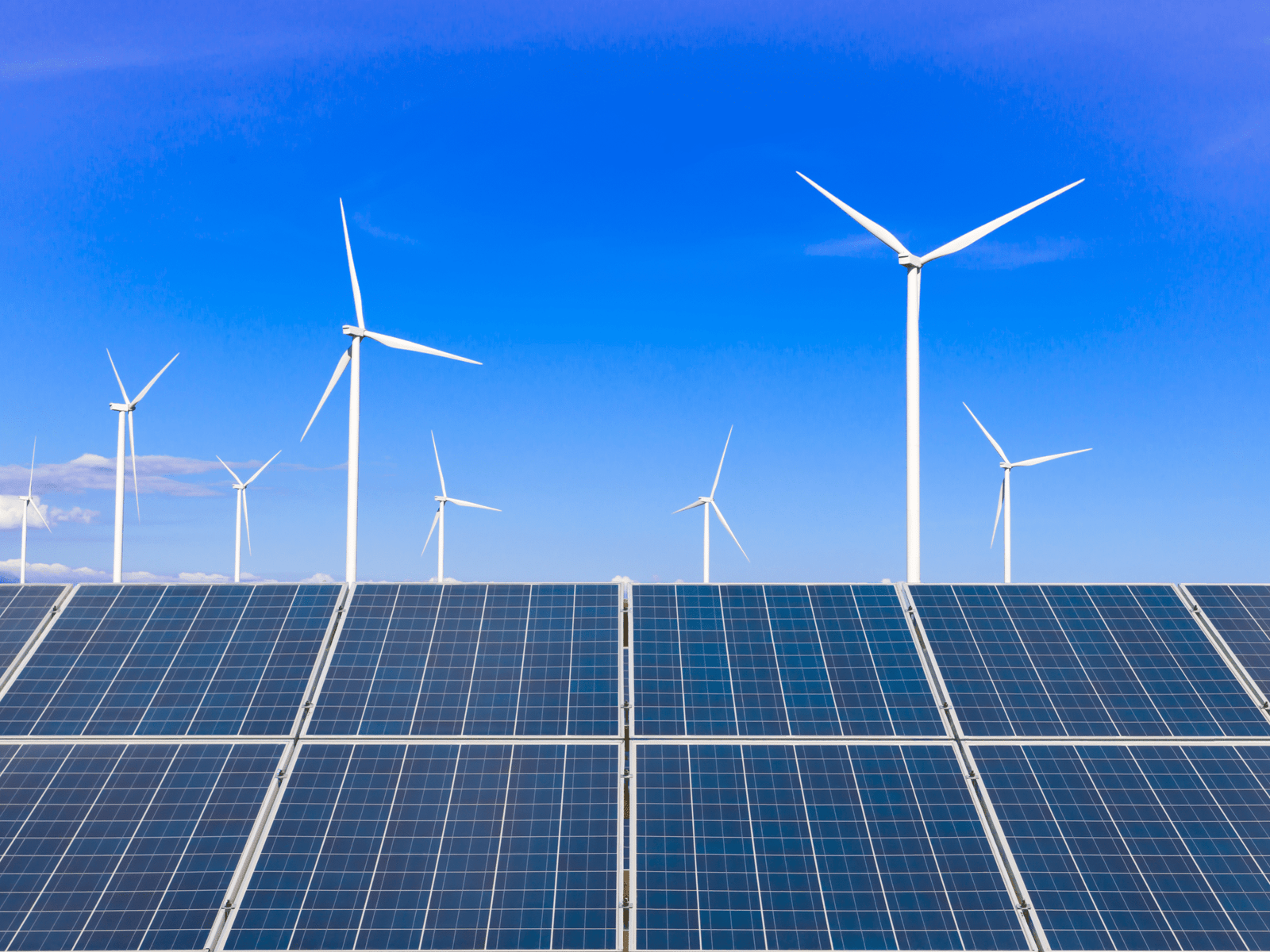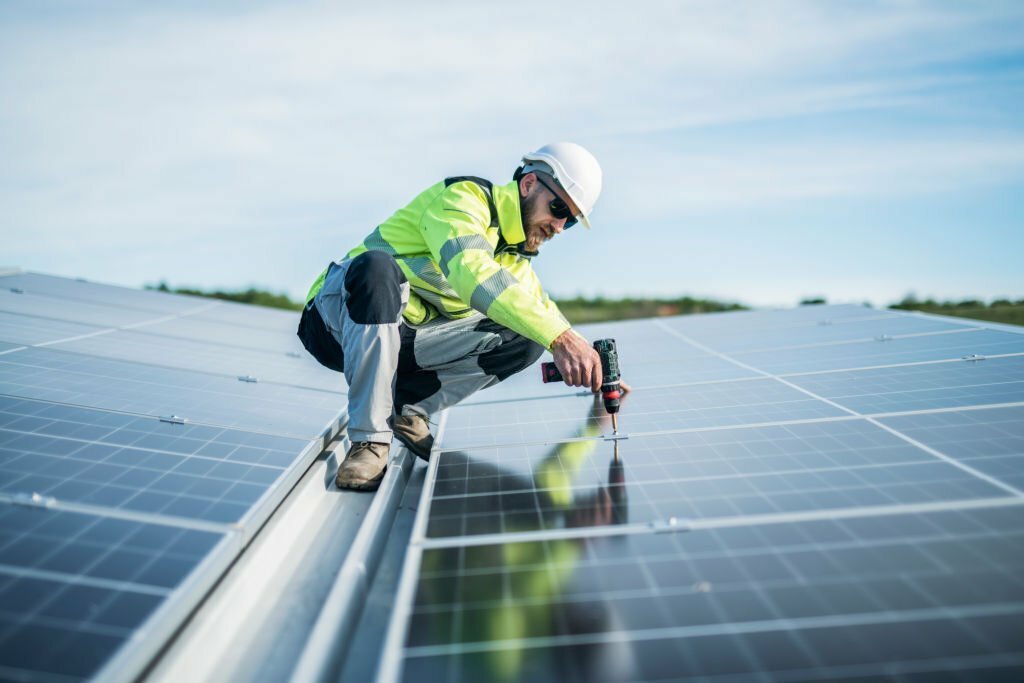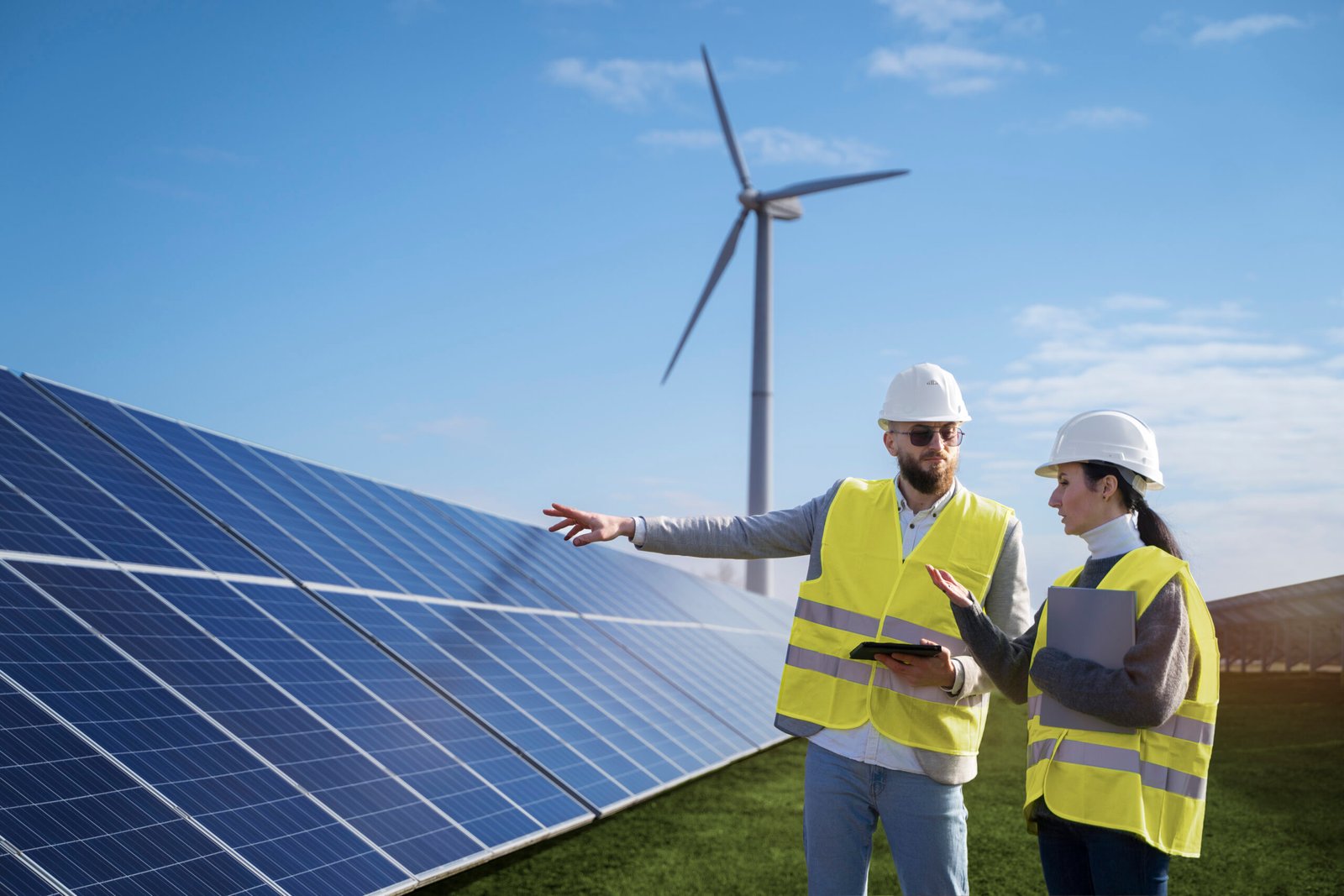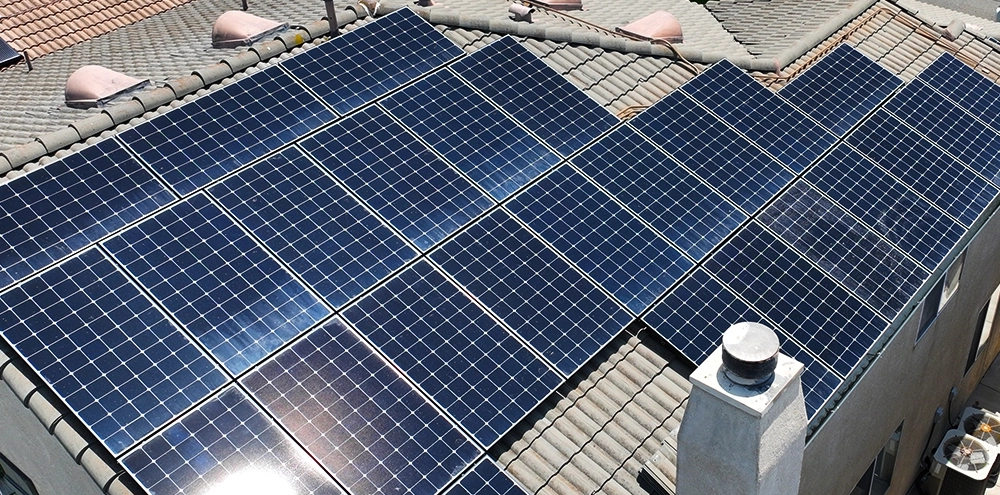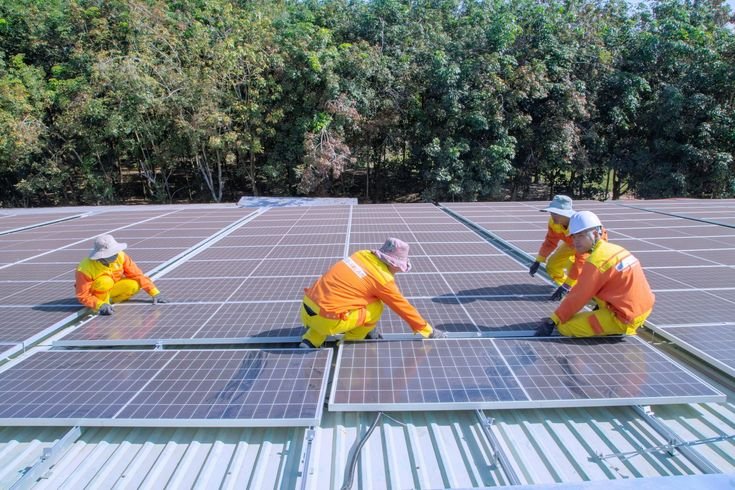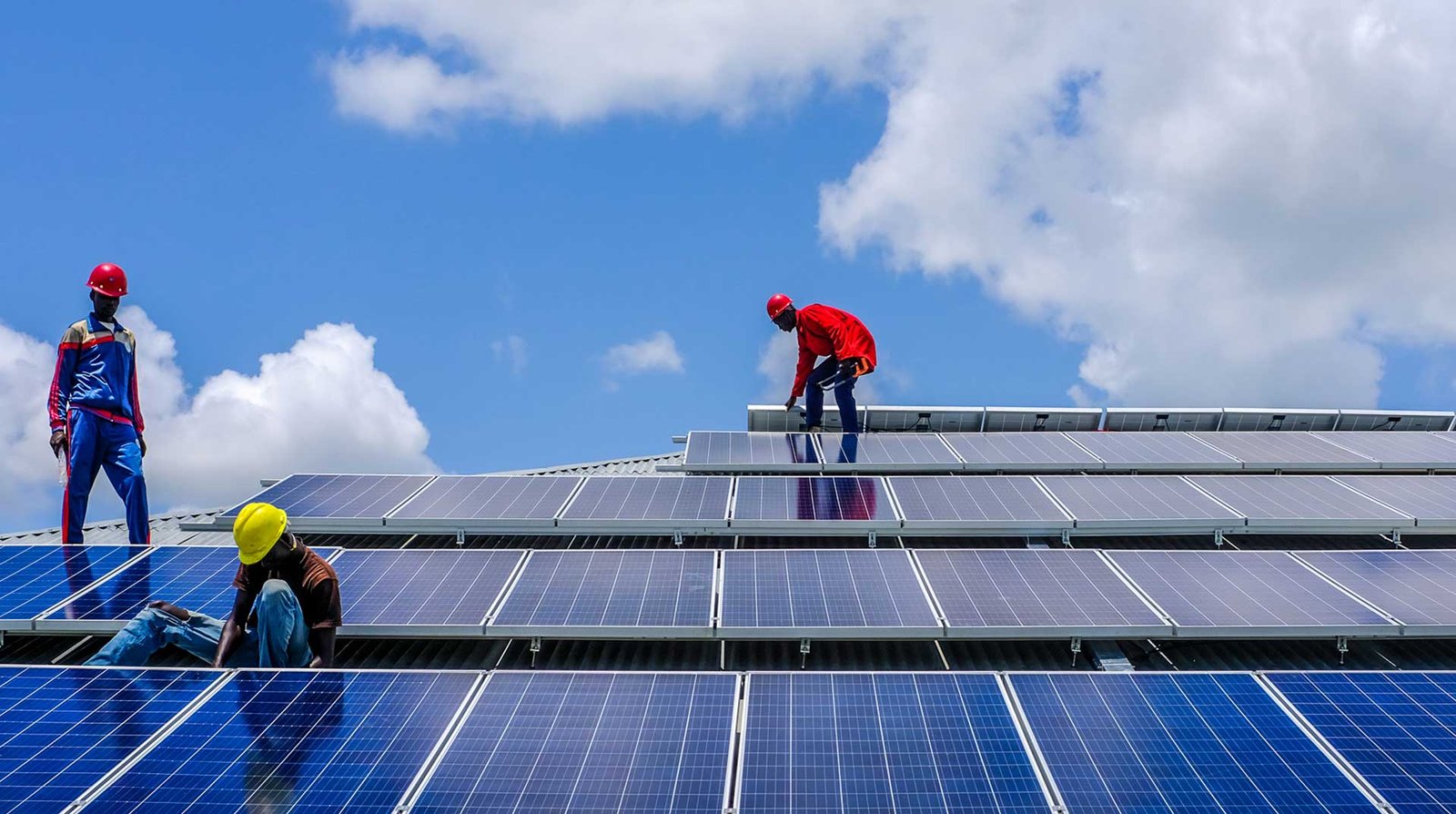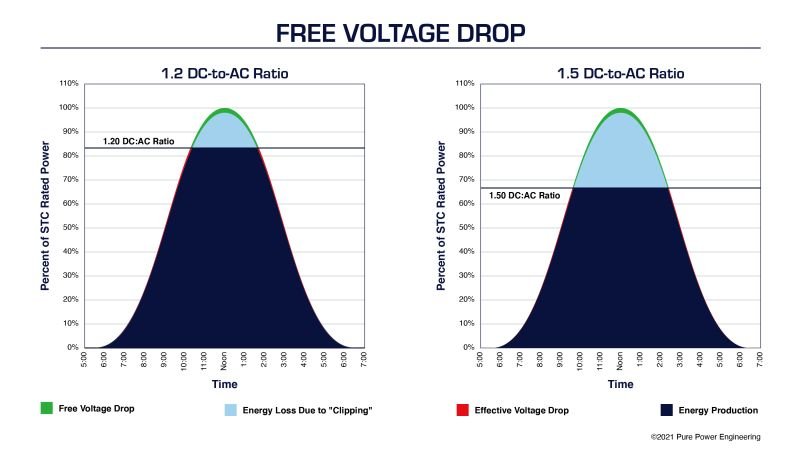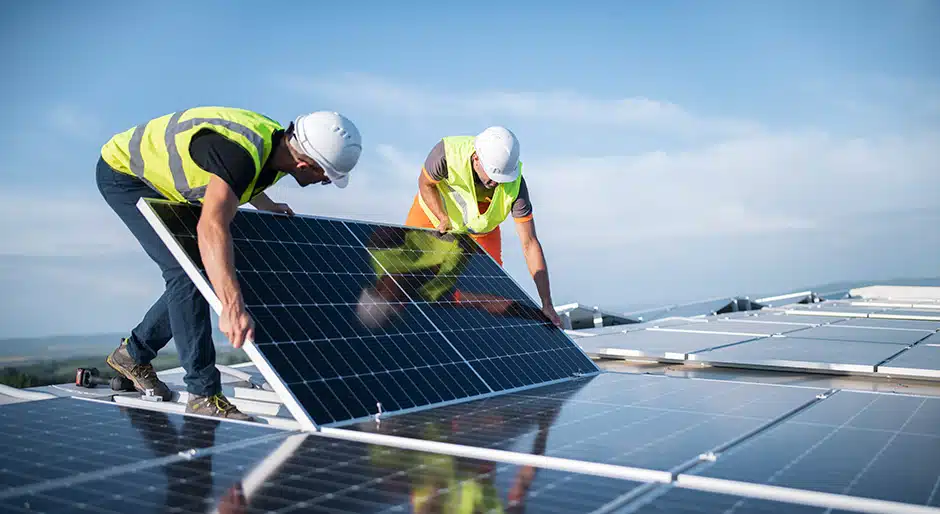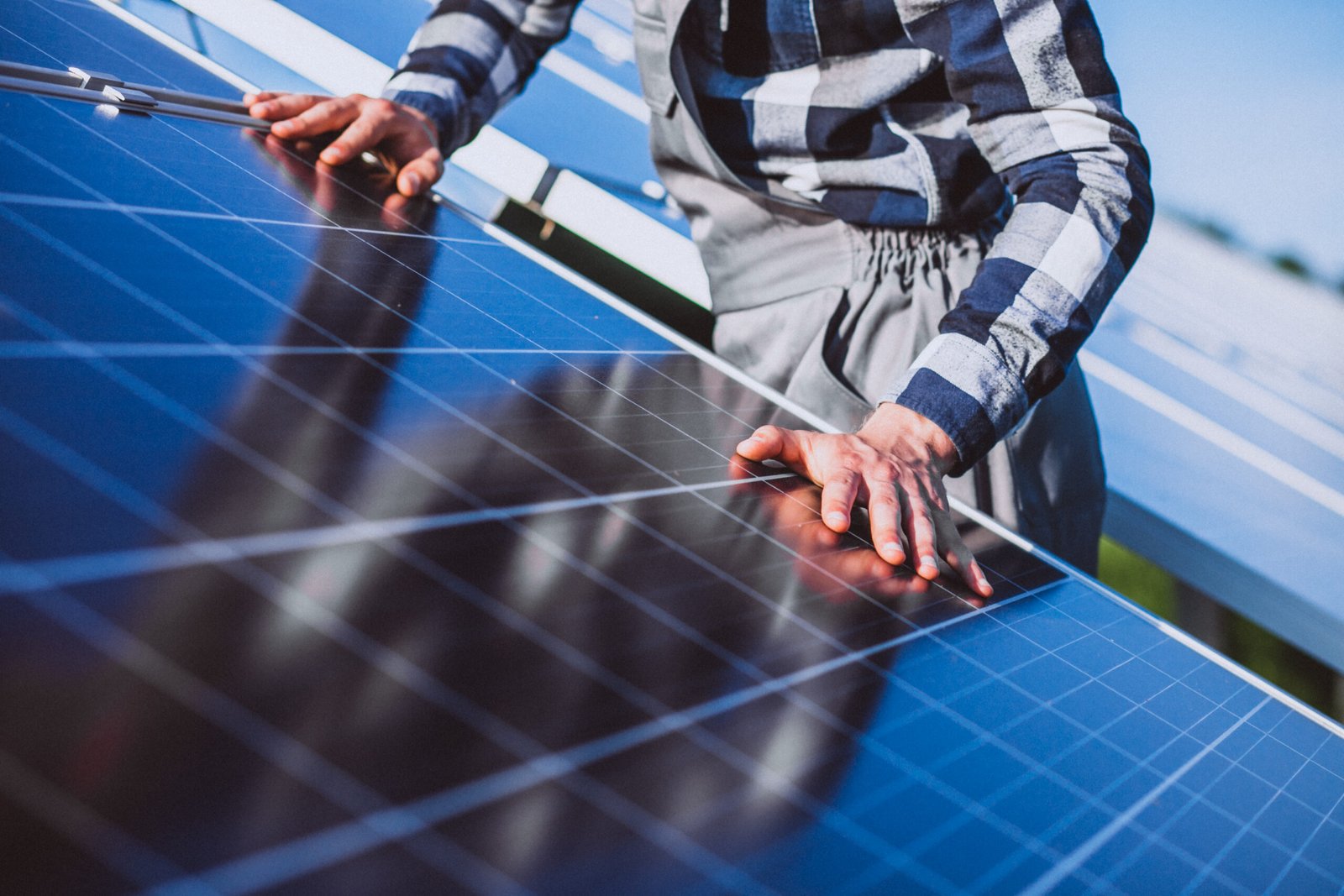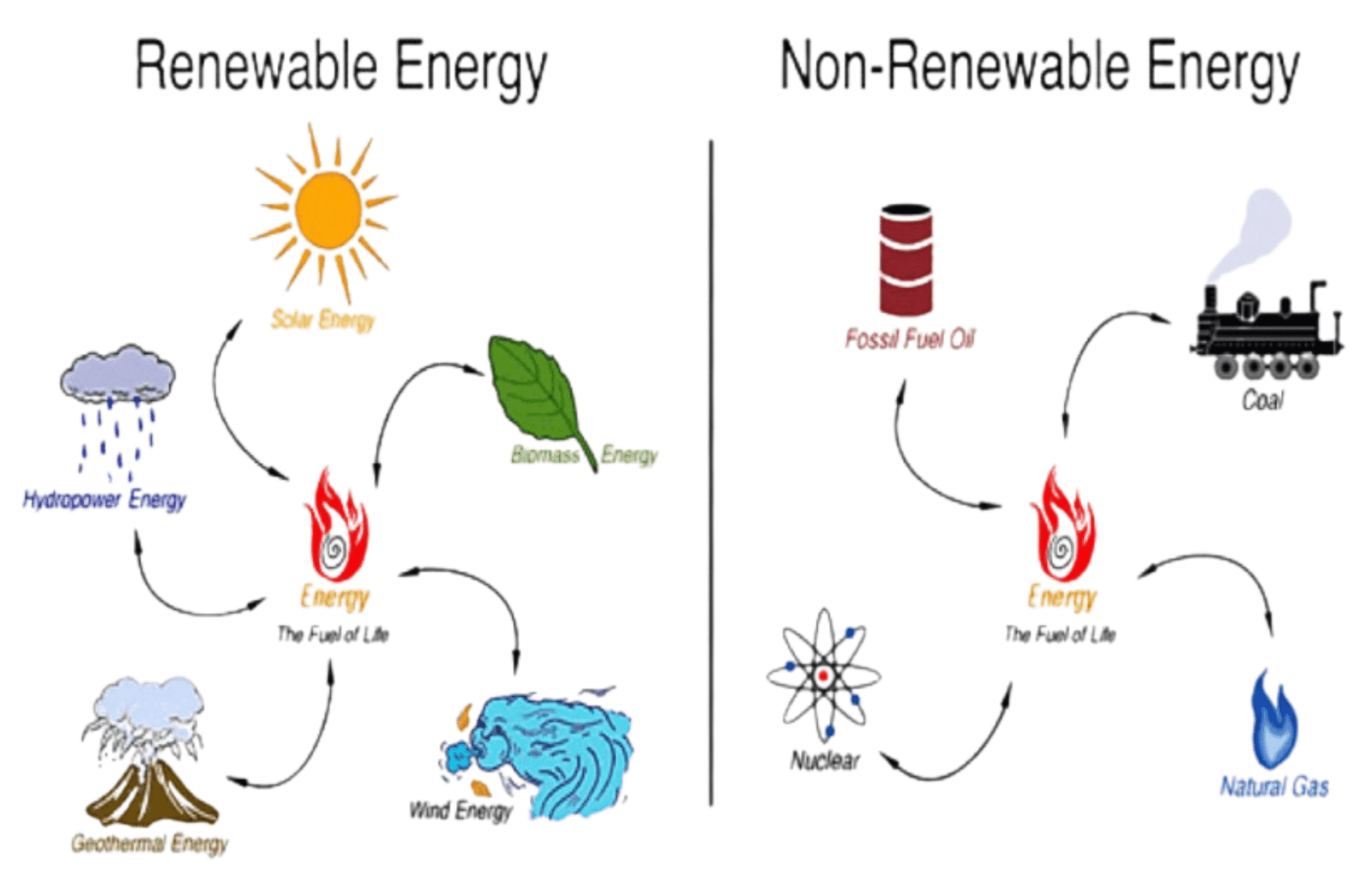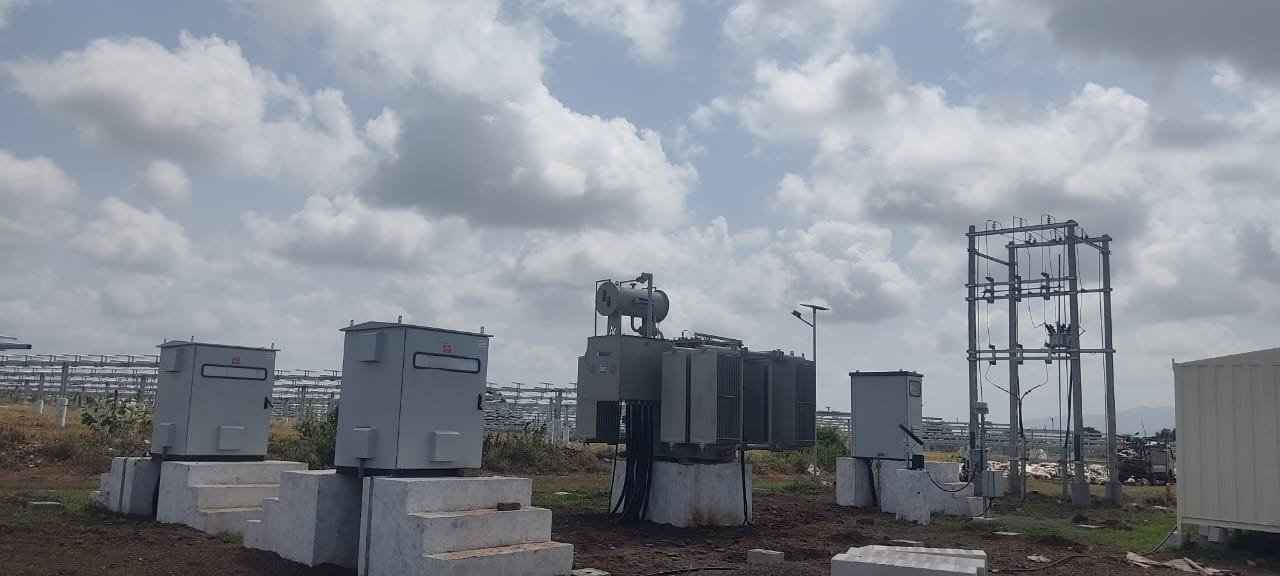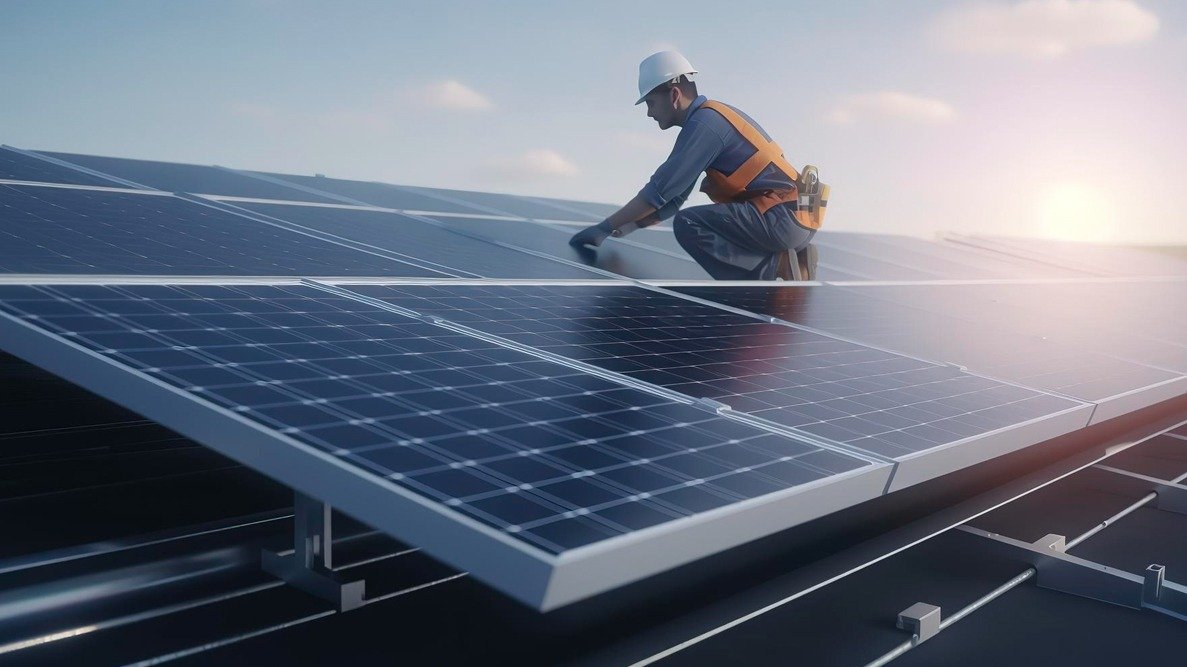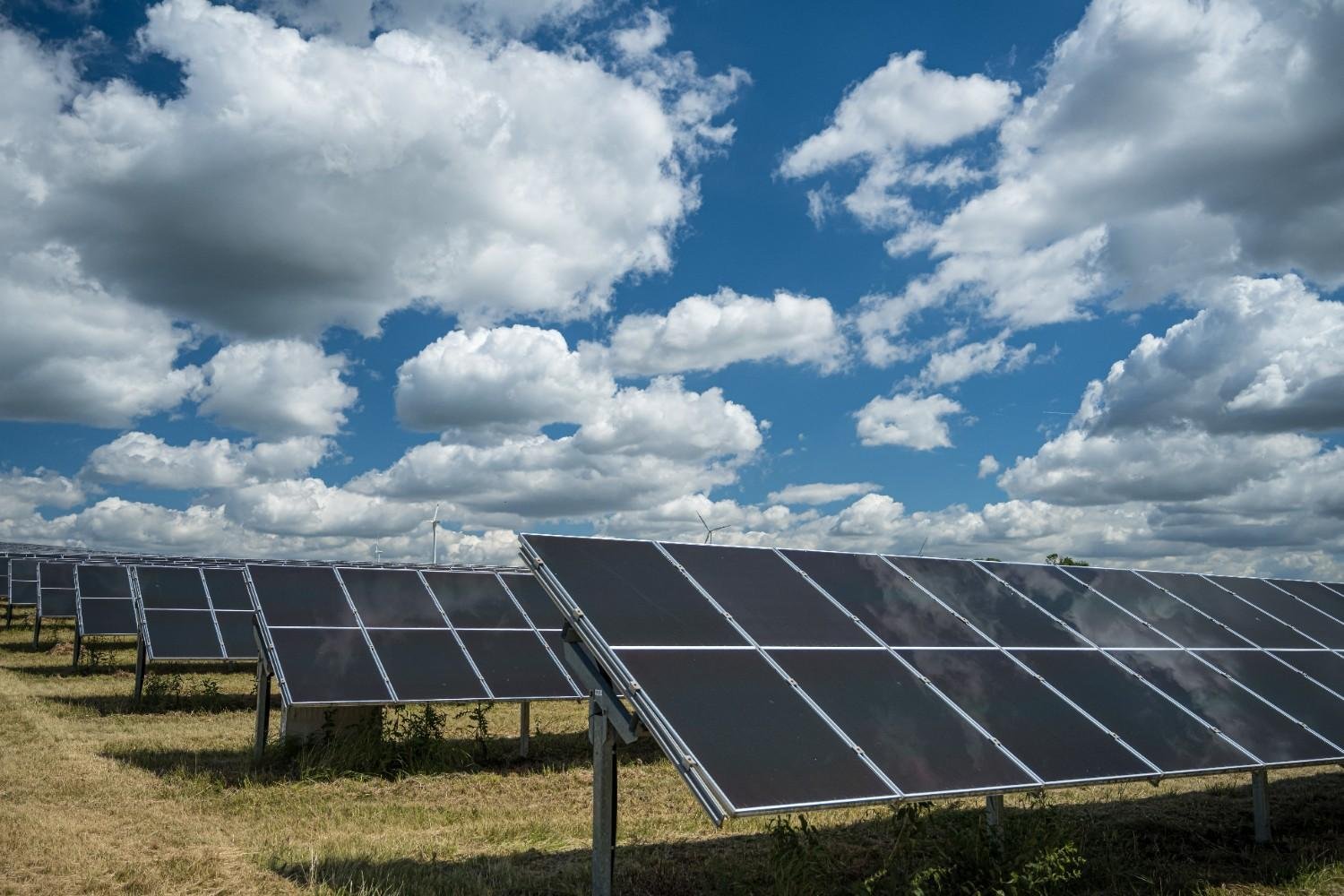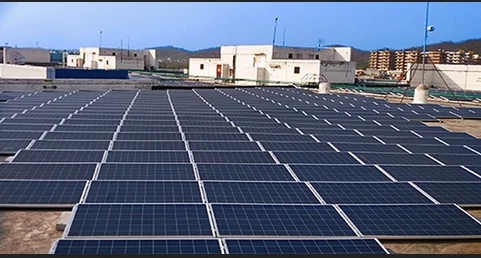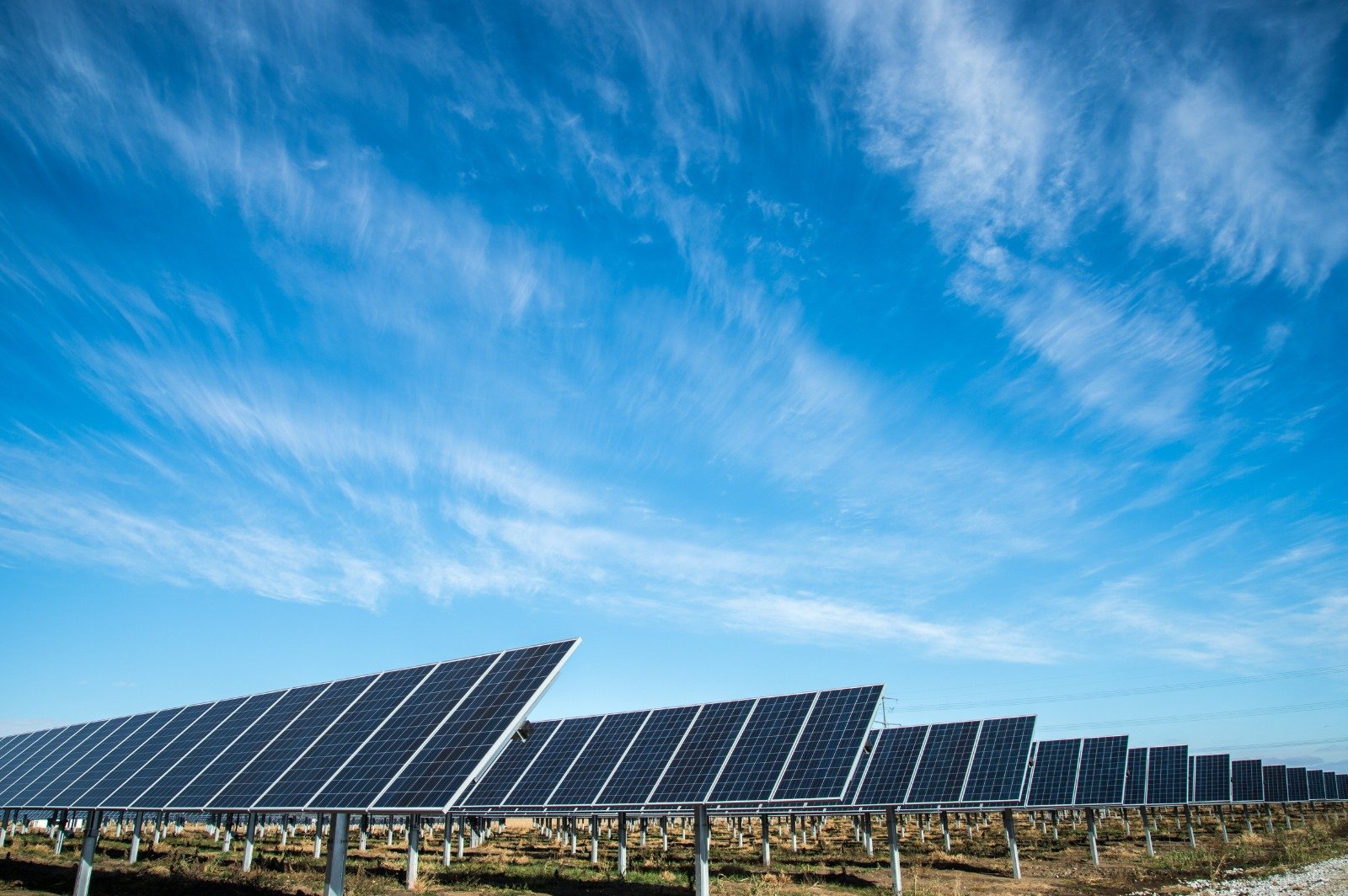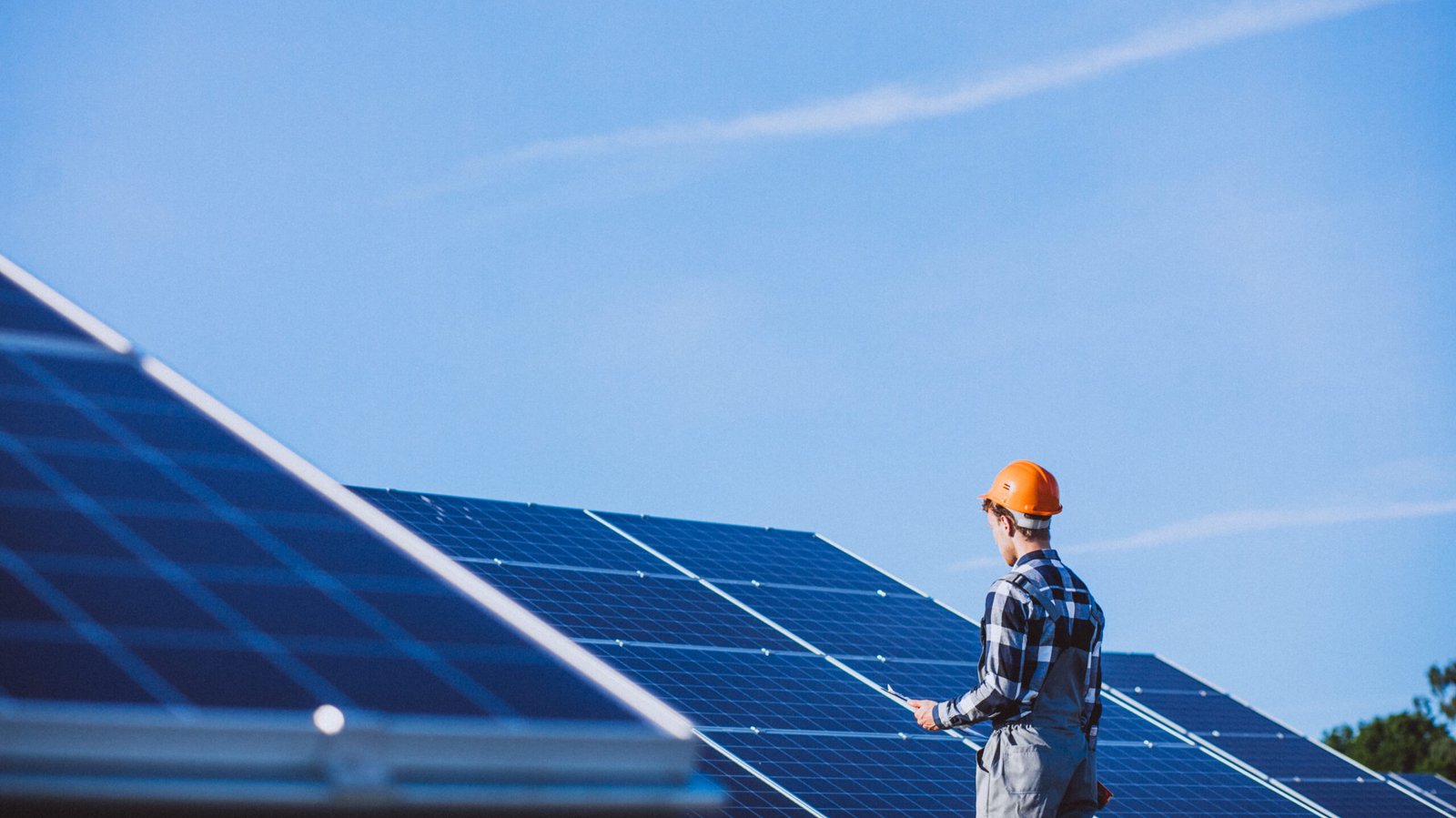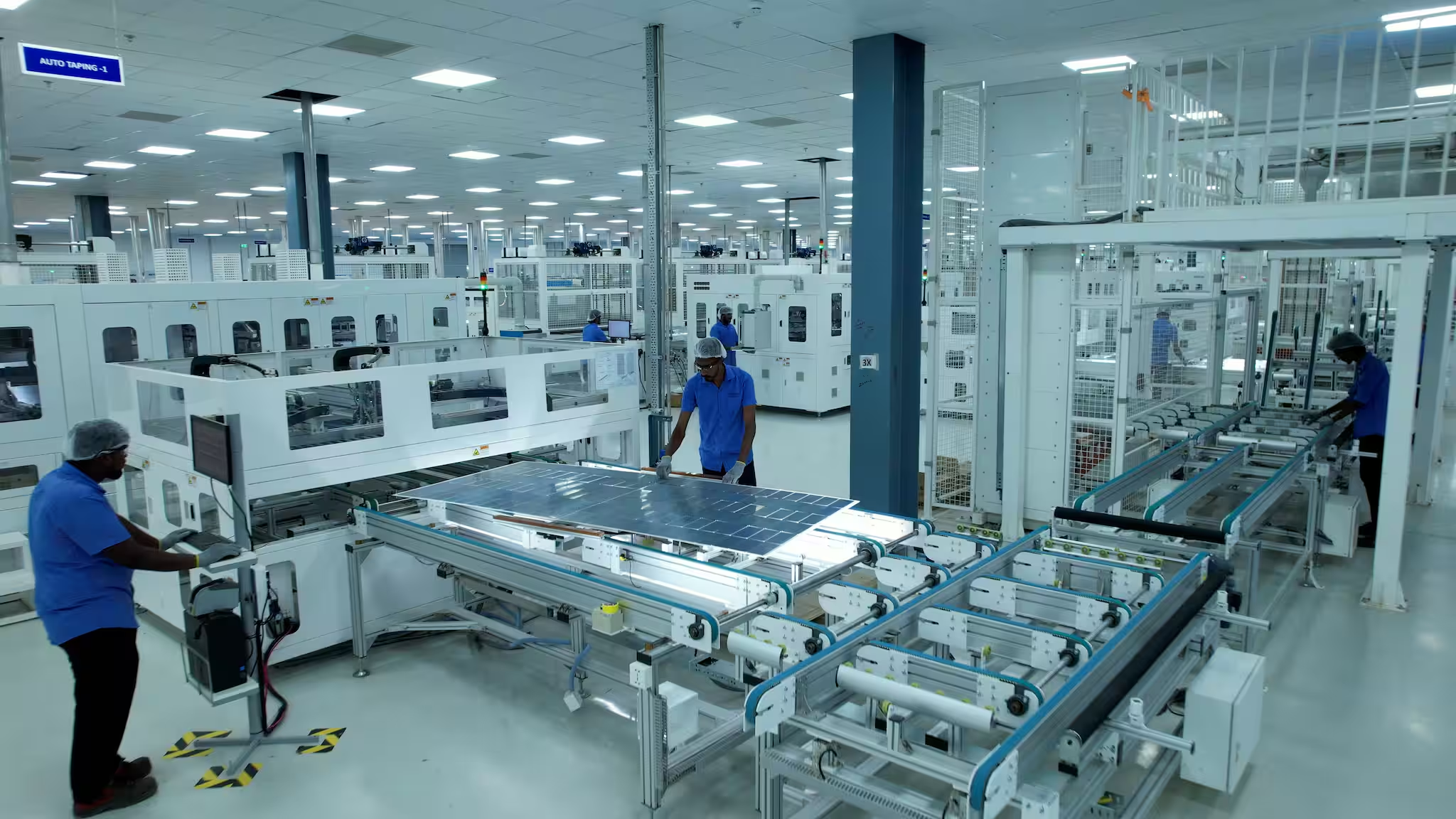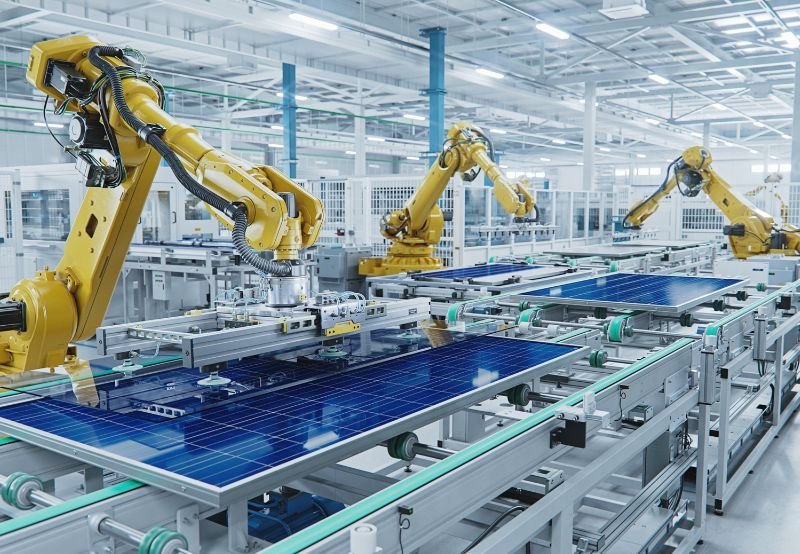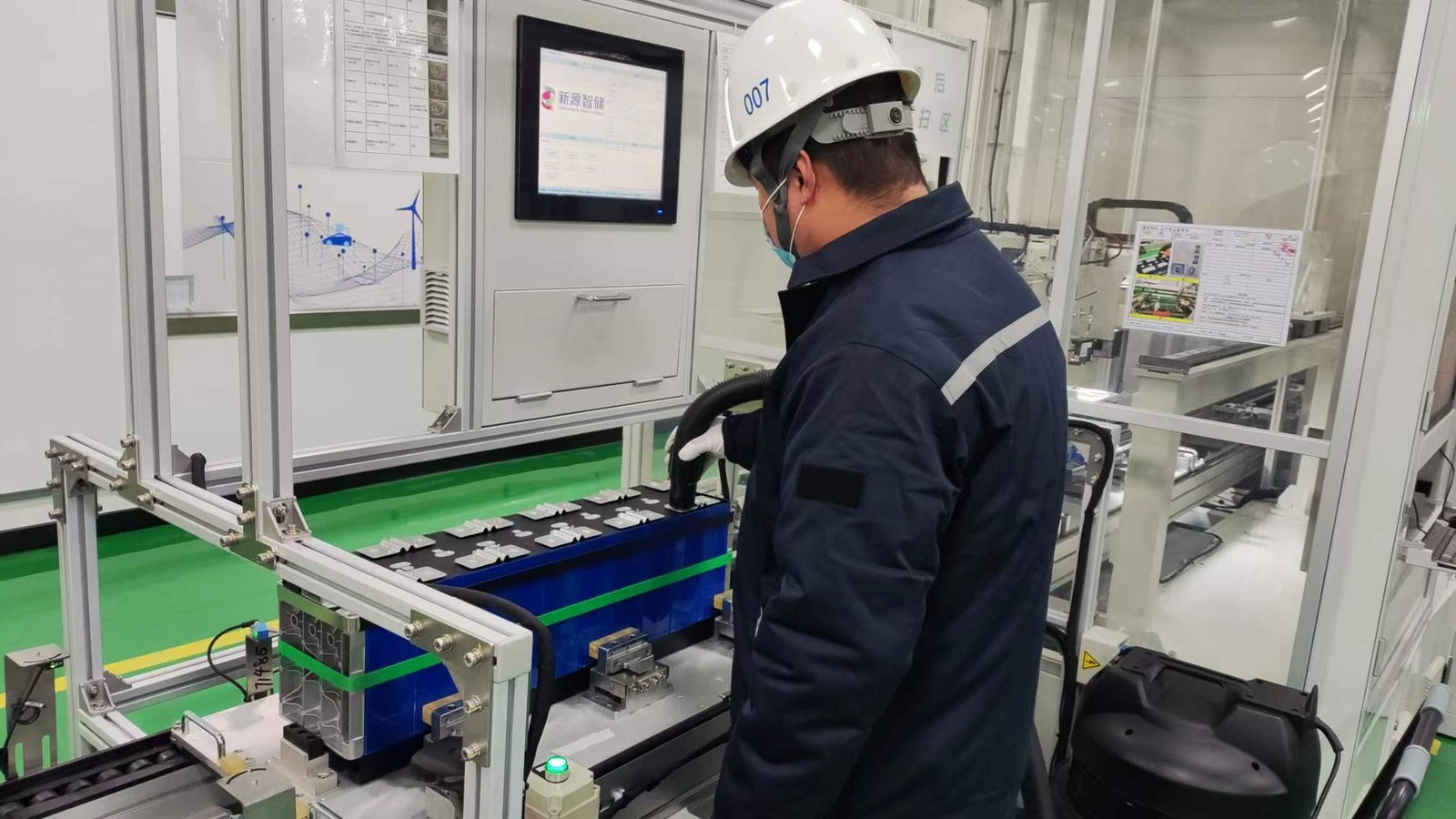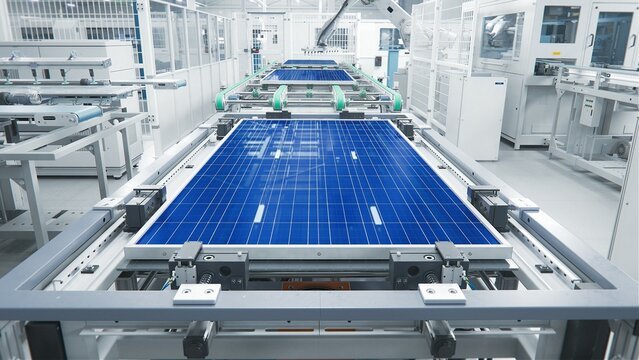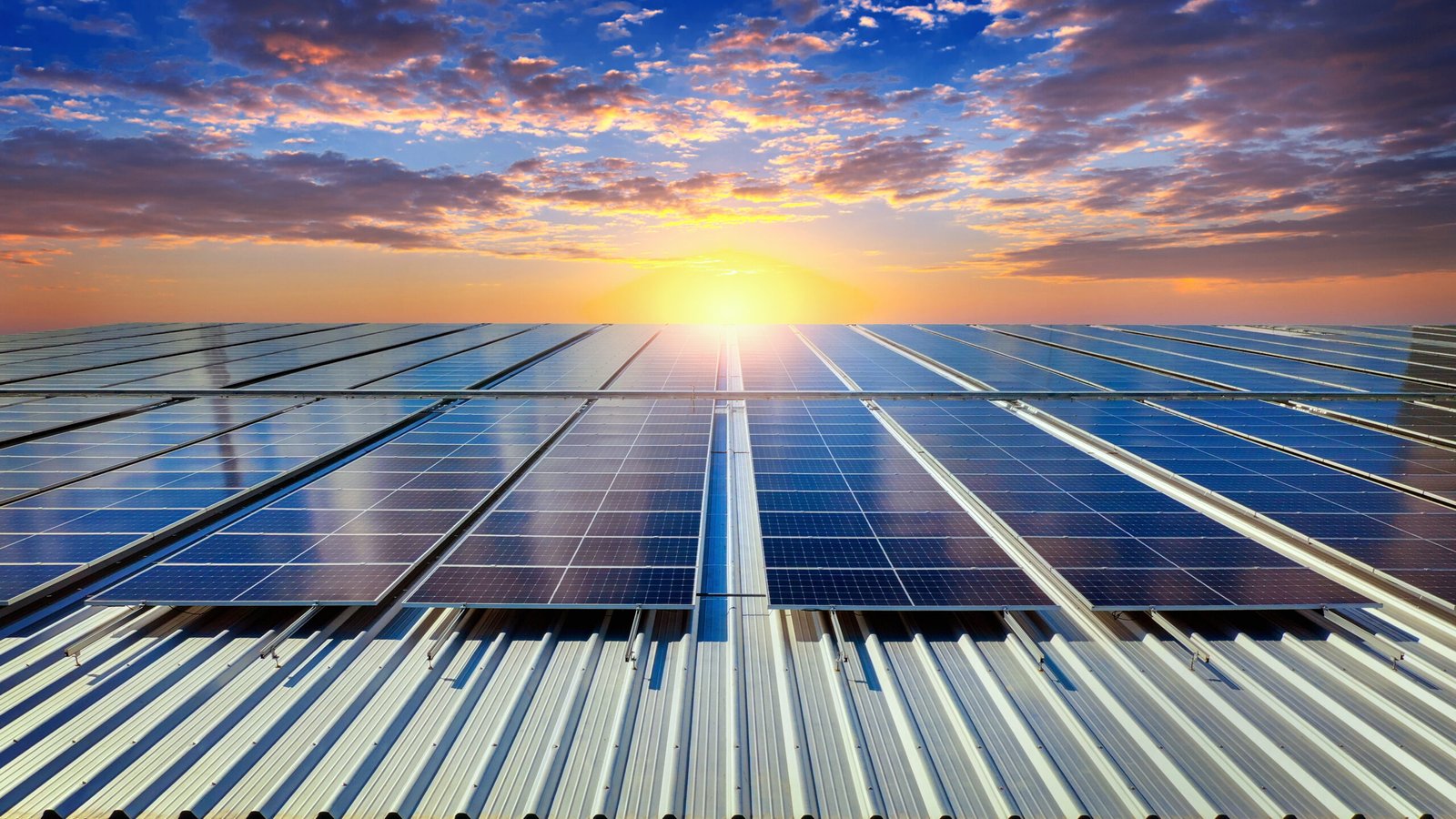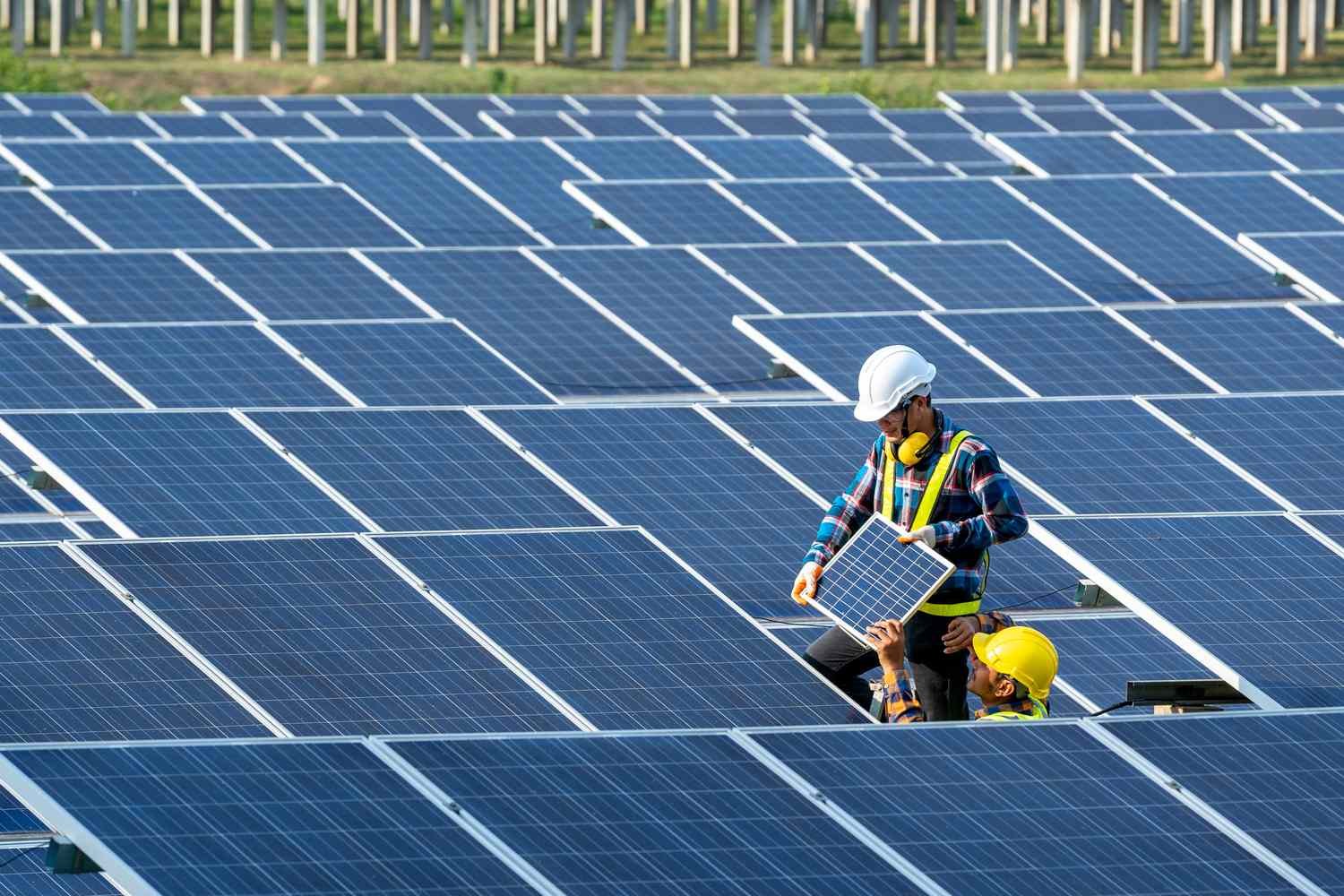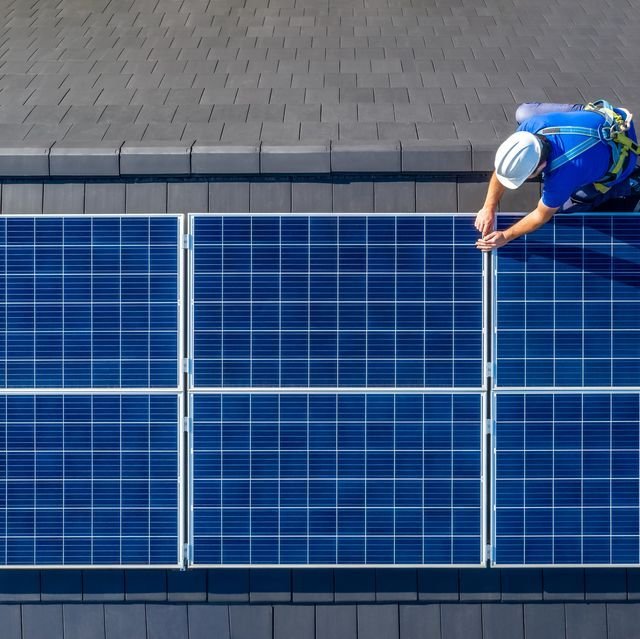In the last decade, the global energy landscape has undergone a profound transformation. Businesses and industries are increasingly seeking cleaner, more sustainable solar energy solutions to reduce costs, meet regulatory requirements, and align with corporate social responsibility initiatives. Among all renewable energy sources, a solar energy solution stands out as the most accessible, efficient, and scalable option. At Soleos Solar Energy, we specialize in providing cutting-edge solar energy solutions through our EPC expertise, empowering businesses to harness the sun’s potential and transform it into a reliable and profitable energy source.
Table of Contents
This comprehensive guide delves deep into solar energy solutions, highlighting how industries can benefit, the technology behind solar power systems, implementation strategies, and the future of solar energy globally.
Introduction to Solar Energy Solution
In 2025, solar energy has transitioned from an alternative to a primary driver of global clean energy expansion, adopted by industries, governments, and communities for sustainability, cost reduction, supply chain resilience, and climate action. Global solar PV capacity reached over 2.2 terawatts (TW) in 2024, with a record 453 GW added, and is projected to exceed 7.5 TW by 2035, becoming the largest source of new power generation. Industrial solar energy solutions in 2025 encompass advanced rooftop systems, large-scale ground-mounted solar parks, multipurpose solar carports and agrivoltaics, hybrid solar with storage models for reliability, and AI/IoT-enabled energy management for efficiency and predictive maintenance.
Why Industries Should Adopt Solar Energy
1. Significant Reduction in Energy Costs
For industrial facilities such as manufacturing units, warehouses, and plants, electricity bills remain one of the largest recurring operational costs. A solar energy solution provides a direct and effective way to reduce this financial burden. By adopting the right solar energy solution, industries can cut energy expenses by 30% to 50%, depending on system size and location.
Most industrial-scale solar energy solutions achieve payback within 3 to 5 years, after which electricity generation is essentially free for over two decades. Unlike volatile fossil fuel or grid tariffs, a solar energy solution ensures stable and predictable energy costs, turning a major operating expense into a long-term source of financial savings.
2. Enhanced Energy Security & Operational Reliability
Solar energy significantly bolsters energy security for industries reliant on uninterrupted power. It achieves this by diminishing dependence on the external grid, thereby reducing the risk of operational interruptions during power outages or grid failures. The integration of battery storage within hybrid solar systems allows companies to accumulate excess energy, ensuring continuous functionality even when the grid is offline.
This increased energy autonomy is particularly beneficial for industrial and manufacturing facilities, where power disruptions can result in costly operational downtime. By lowering reliance on the grid and imported fossil fuels, industries gain enhanced control over their energy provision, diminished exposure to supply chain vulnerabilities, and improved resilience against changes in policy or market conditions.
3. Attractive Government Incentives, Subsidies & Financial Benefits
The Indian government is actively promoting the adoption of solar energy solutions in the Commercial & Industrial (C&I) sector by offering a range of financial incentives. One of the most impactful benefits is accelerated depreciation, which allows businesses to claim up to 40% depreciation on their solar energy solution investment in the first year, thereby reducing taxable income.
In addition, subsidies and grants are available for certain solar installations, lowering upfront costs and making the transition more financially viable. Net-metering policies further strengthen the business case for solar energy solutions by enabling companies to export surplus electricity back to the grid, earning credits that offset future power bills. Collectively, these policies make the adoption of solar energy solutions highly attractive and economically sustainable for large-scale industries.
4. Long Asset Life & Low Maintenance
Adopting a solar energy solution is not just about immediate savings — it’s a long-term investment that enhances industrial property value and energy security. Facilities equipped with solar energy solutions typically command higher valuations due to reduced operating expenses and improved energy independence. Over their 25–30 year lifespan, these systems require minimal maintenance, ensuring consistent performance with low operational effort.
Moreover, industries using solar energy solutions can generate additional revenue streams by selling surplus energy to the grid, particularly during periods of reduced consumption. Beyond the financial returns, the adoption of solar energy solutions demonstrates a strong commitment to sustainability, opening doors to new business collaborations, investor confidence, and long-term growth opportunities.
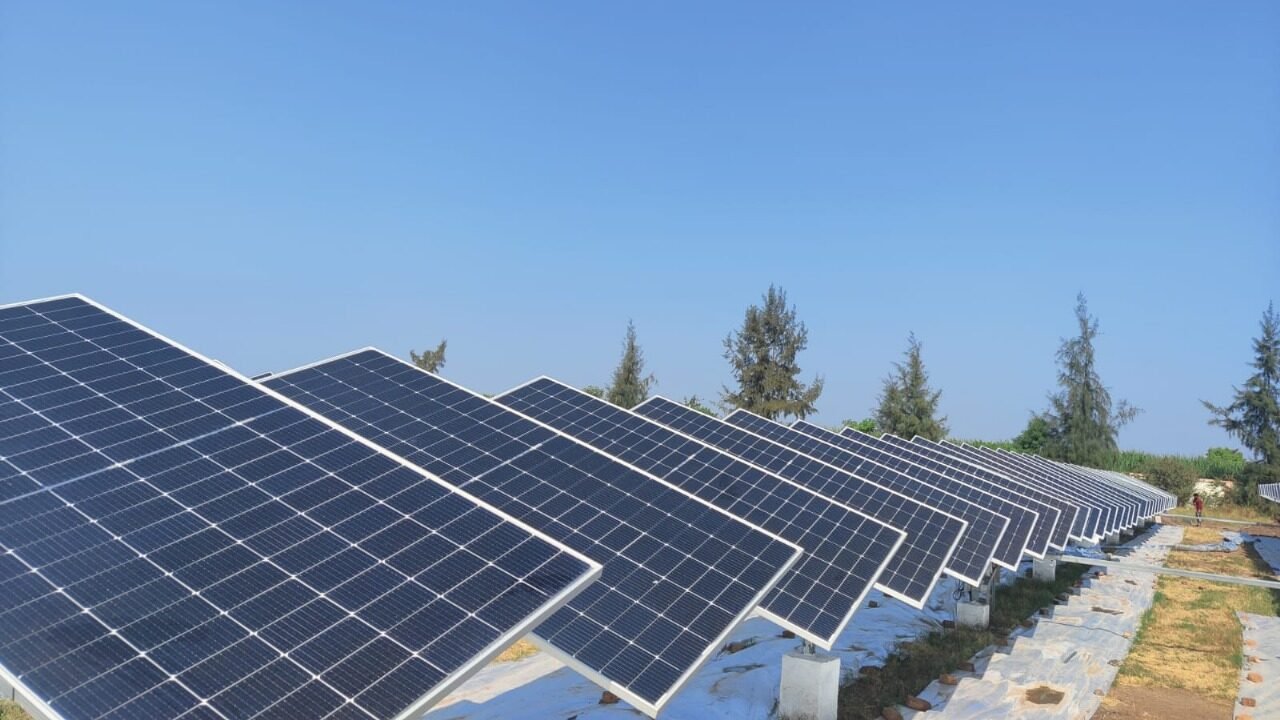
Types of Solar Energy Solutions for Industries
1. Rooftop Solar Systems
One of the most widely adopted solar energy solutions for industries is the rooftop system. Panels can be installed on factories, warehouses, or production buildings, utilizing both flat and pitched roofs. This solar energy solution leverages unused roof space, minimizing land and permitting costs while reducing transmission losses by generating power at the point of use. Installation is faster since existing infrastructure is used, delivering a quicker ROI. Challenges include ensuring roof strength, managing tilt and shading, and addressing safety and maintenance access. This solar energy solution is best suited for industries with large, structurally sound roofs and high daytime electricity demand.
2. Ground-Mounted Solar Plants
Ground-mounted systems are a scalable solar energy solution ideal for industries with access to land. These plants can use fixed-tilt or tracking panels to maximize solar output. They provide flexibility in orientation and spacing, higher efficiency, and easy maintenance access. However, this solar energy solution requires significant land, investment in civil works, and reliable grid connectivity. It is most suitable for industries prioritizing high output, long-term scalability, and efficiency.
3. Solar Carports
Solar carports represent a dual-purpose solar energy solution where panels are mounted on parking canopies. They provide shaded parking and generate electricity, making them highly attractive for industries with large fleets or extensive parking areas. Carports can also integrate EV charging infrastructure, supporting future mobility goals. The primary challenge of this solar energy solution is higher structural and material costs. Still, it is a strong option for businesses looking to combine functionality, sustainability, and employee amenities.
4. Building-Integrated Photovoltaics (BIPV)
BIPV is an innovative solar energy solution where solar cells are integrated into building elements such as façades, rooftops, skylights, or windows. This replaces conventional building materials while generating electricity. Key benefits include aesthetics, efficient use of space, and green building credentials. That said, this solar energy solution often comes at a higher cost per watt and requires careful design to ensure efficiency, thermal management, and water tightness. It is best suited for new construction or industries seeking architectural appeal and strong sustainability branding.
5. Solar Agrivoltaics
Agrivoltaics is a dual-purpose solar energy solution that combines power generation with agriculture. Panels are installed above or alongside crops, allowing industries to produce energy and maintain agricultural yields simultaneously. Benefits include dual revenue streams, reduced soil evaporation, and support for biodiversity. The challenge with this solar energy solution lies in balancing crop growth requirements with panel performance, higher upfront costs, and regulatory hurdles. It is best for agro-based industries or companies with access to agricultural land.
6. Floating Solar
Floating solar is an emerging solar energy solution where panels are mounted on floating platforms over reservoirs, ponds, or lakes. This technology conserves land, improves panel efficiency due to cooler temperatures, and reduces water evaporation. However, this solar energy solution requires specialized anchoring, higher initial investment, and careful attention to environmental regulations. It is best suited for industries near water bodies or with limited land availability.
7. On-Grid vs Off-Grid / Hybrid / Captive Models
Solar energy systems are categorized as on-grid, off-grid, or hybrid, with captive/group captive models for industrial sharing. On-grid systems connect to the utility grid for buying/selling power, offering cost benefits. Off-grid systems are independent and require storage, providing energy independence for remote areas. Hybrid systems integrate solar, storage, and backup power. Advantages include cost savings and grid monetization (on-grid), energy independence (off-grid), assured availability (hybrid), and cost-sharing/scalability (captive). Challenges include grid instability and regulations (on-grid), high battery costs (off-grid), design complexity (hybrid), and coordination needs (captive/group).
8. Concentrated Solar Power (CSP)
CSP is a thermal-based solar energy solution that uses mirrors or lenses to focus sunlight for steam and high-temperature industrial processes. This makes it particularly suitable for heavy industries like textiles, food processing, or chemicals that require process heat. While this solar energy solution can deliver dispatchable power with thermal storage, it requires high sunlight conditions, greater capital investment, and advanced infrastructure.
Technology Behind Solar Energy Solutions
1. Solar PV Modules & Cell Technologies
Solar energy solutions leverage advanced photovoltaic (PV) module technologies, such as PERC (Passivated Emitter Rear Cell) and Silicon Heterojunction (SHJ), to enhance efficiency, durability, and return on investment, particularly in industrial applications. PERC technology improves light capture through rear-side passivation, leading to approximately 1% higher efficiency than traditional silicon panels and better performance in heat and low light. SHJ cells combine crystalline silicon with amorphous silicon layers for superior passivation, high open-circuit voltages, and excellent temperature coefficients, with recent efficiencies reaching 26.8% and demonstrating strong long-term reliability.
These advanced technologies allow for greater power output per square meter, reducing the number of panels and associated balance-of-system costs, while also improving reliability and ROI in challenging environmental conditions. The choice of module technology depends on factors including local climate, space constraints, cost versus lifetime performance trade-offs, and design considerations for maintenance and degradation.
2. Inverters & Power Electronics
Inverters for photovoltaic (PV) systems convert direct current (DC) from PV modules into alternating current (AC) for industrial use or grid export. They also manage voltage, current, and safety, often integrating with energy storage systems. Recent advancements include smart/hybrid inverters that manage grid-tied operations, battery storage, and backup power, optimizing power distribution. Grid-tie and hybrid models facilitate energy export, net-metering, and load balancing. Innovations in semiconductor materials and control firmware enhance efficiency, response to shading, and performance in various environmental conditions. Key industrial considerations include proper inverter sizing, reliability, efficiency under partial loads or shading, support for export and storage, remote monitoring capabilities, and the inverter’s lifespan and warranty, which is typically shorter than that of PV modules.
3. Mounting & Tracking Structures
The physical support and orientation of solar panels are crucial for their performance and longevity. This encompasses aspects such as mounting systems, tracking mechanisms, tilt, angle, and structural integrity. Innovations and best practices include the use of single-axis and dual-axis trackers to maximize energy yield by keeping panels aligned with the sun, and the selection of durable mounting materials like galvanized steel and aluminum with corrosion protection to withstand various climatic conditions.
Optimized tilt, spacing, and layout are also important to minimize shading, facilitate maintenance, and enhance energy capture. These factors are vital for return on investment (ROI), as even minor deviations in angle or shading can significantly reduce energy yields. Inadequate mounting design can result in maintenance problems or module damage. While tracking systems add cost, they can be economically viable for large installations or in scenarios where land costs are lower than the combined cost of panels and installation.
4. Energy Storage Systems (ESS)
Energy storage systems, such as batteries, are essential for solar energy solutions, enabling the storage of surplus energy produced during peak sunlight for later use during evenings, cloudy periods, or power outages, thereby ensuring 24/7 reliability and usability. Key trends include the continued dominance of lithium-ion batteries in industrial systems due to their energy density and decreasing costs, alongside exploration of flow batteries and other long-duration storage for industrial and grid-scale applications requiring longer backup or more frequent daily cycles.
Advancements in Battery Management Systems (BMS) are also noted, focusing on predictive diagnostics to manage degradation and extend battery lifespan. For industrial users, critical factors to consider include the size of storage required, which is determined by load profile and desired autonomy, and the cost-benefit analysis, weighing the added capital cost against improved self-consumption rates and reliability. Furthermore, the lifecycle, safety, warranties, and cycling performance of storage systems are crucial considerations.
5. Monitoring, Control & Digitalization
Systems and software designed to monitor the performance of all components within a solar energy solution, including modules, inverters, storage, and loads. These systems incorporate technologies such as SCADA, IoT sensors, and AI/ML analytics. Recent advancements include smart inverters and cloud-connected monitoring that provide early fault alerts for issues like hot spots, shading, or inverter malfunctions, thereby preventing performance losses. Furthermore, AI/ML models are being developed to forecast performance declines and optimize energy dispatch among solar, storage, and the grid. Real-time performance and energy dashboards are also available for tracking energy yield, validating return on investment, and predicting maintenance needs.
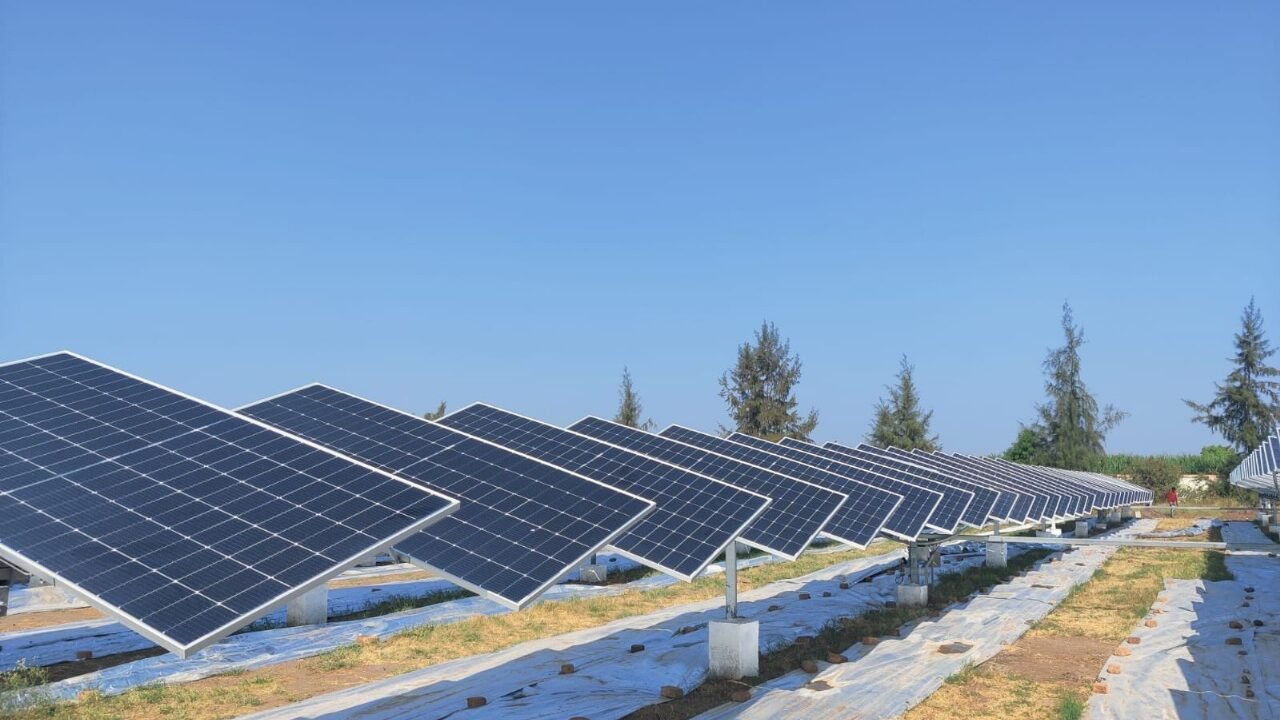
Designing a Solar Energy Solution for Industrial Needs
- Energy Audit & Load Analysis: Understanding the factory or plant’s current electricity consumption is the first step. This involves analyzing daily, monthly, and seasonal usage patterns, identifying peak load requirements, and determining critical operations that require uninterrupted power. This ensures the solar system is designed to match actual energy needs.
- Site Assessment & Solar Resource Evaluation: A detailed study of the available rooftop or ground space is conducted to check orientation, shading, and structural stability. Tools like solar irradiance mapping and drone surveys help estimate the energy generation potential at the site, ensuring accurate system design.
- System Design & Configuration: Based on the audit and site study, engineers select the right type of solar panels (mono-PERC, bifacial, or thin-film), inverter systems (string, central, or hybrid), and mounting structures (fixed or tracking). The system size, layout, and angle are designed for maximum output and efficiency.
- Financial Planning & ROI Analysis: Industries need to calculate project costs, expected savings, and payback periods. Financial modeling includes evaluating government incentives such as accelerated depreciation, subsidies, and net-metering benefits. Ownership models like CAPEX, OPEX, or Power Purchase Agreements (PPAs) are chosen depending on budget and long-term goals.
- Regulatory Compliance & Approvals: Before installation, businesses must secure permits and approvals from local authorities and utility providers. Compliance with building codes, grid interconnection policies, and safety standards is mandatory. Proper documentation like system diagrams and technical layouts ensures smoother approval.
- Installation & Commissioning: This phase involves actual system setup, including mounting panels, connecting inverters, and wiring. Strict quality control is applied to ensure safety, performance, and reliability. After installation, the system undergoes commissioning tests to confirm it meets design expectations before going live.
- Operation, Maintenance & Monitoring: A solar energy solution requires minimal but regular upkeep. This includes cleaning panels, checking wiring, inspecting inverters, and monitoring performance using advanced SCADA or IoT systems. Predictive maintenance ensures efficiency and extends system lifespan.
- Performance Verification & Continuous Improvement: Once operational, the system’s performance is tracked and compared against projections. Data analysis helps industries fine-tune operations, expand capacity if needed, and maximize returns. Reports on energy savings and carbon reductions also strengthen sustainability credentials.
Economic Benefits of Industrial Solar Solutions
1. High Return on Investment (ROI)
Industries in India are seeing very attractive ROIs with solar energy investments. According to a Mercom India report, Commercial & Industrial firms switching to rooftop solar typically achieve 20–25% ROI, helped by high grid tariffs and favorable incentives. Payback periods often fall in the 3–5 years range for well-designed systems. These high ROIs make solar not just a sustainability decision, but a compelling financial decision.
2. Significant Energy Cost Savings
In many cases, solar energy allows industrial units to lower electricity bills substantially. Open access solar in states like Tamil Nadu has enabled savings of about ₹2/kWh for industrial customers, much lower than typical industrial grid tariffs. Because solar generation aligns with daytime peak demand, factories can offset expensive grid power purchases. Over years, these savings accumulate to very large sums.
3. Policy Incentives & Tax Advantages
Solar energy solutions are made financially efficient for businesses through several key policy mechanisms: Accelerated Depreciation (AD) allows for up to 40% depreciation on solar assets in the first year, thereby reducing taxable income. Reductions in Goods & Services Tax (GST) and customs duties on solar modules and components decrease upfront equipment costs. Furthermore, Net Metering/Net Billing and Open Access Policies, implemented in most states, enable commercial and industrial rooftop solar users to export surplus energy to the grid or purchase solar power through open access. These measures collectively shorten the payback period and enhance cash flow benefits.
4. Cost Competitiveness vs Grid & Fuel
Solar energy is significantly more cost-effective than many conventional energy sources, particularly when considering grid tariffs, diesel backup fuel expenses, or high industrial electricity rates. For instance, industrial solar installations can reduce energy costs to as low as INR 4 per unit in appropriate circumstances, potentially saving a customer using approximately 50,000 units over INR 2 lakhs monthly. For power-intensive sectors such as steel, cement, and aluminum, even a modest 5–10% decrease in production costs through solar integration can result in substantial absolute financial savings. An Ember analysis indicated that incorporating solar in certain steel operations could lower operating expenses by up to around 10%.
5. Long-Term Savings & Stability
Once the solar system is installed, power generation costs are nearly fixed, aside from maintenance. This gives industrial units protection from volatile electricity tariffs or fuel price hikes. The lifespan of solar plants (25+ years) means that after recovering upfront investment, nearly all generated electricity becomes net savings. Furthermore, reduced need for diesel generator backup or peak power purchases adds to long-term savings.
6. Enhanced Business Value & Competitive Positioning
Using solar energy solutions helps industries strengthen their ESG (Environmental, Social, Governance) credentials, which increasingly matters for suppliers, customers, investors. Better ESG performance can open doors to green financing, lower borrowing costs, or preferential tendering. Also, stable energy costs mean more predictable budgets — helping in financial planning and reducing risk.
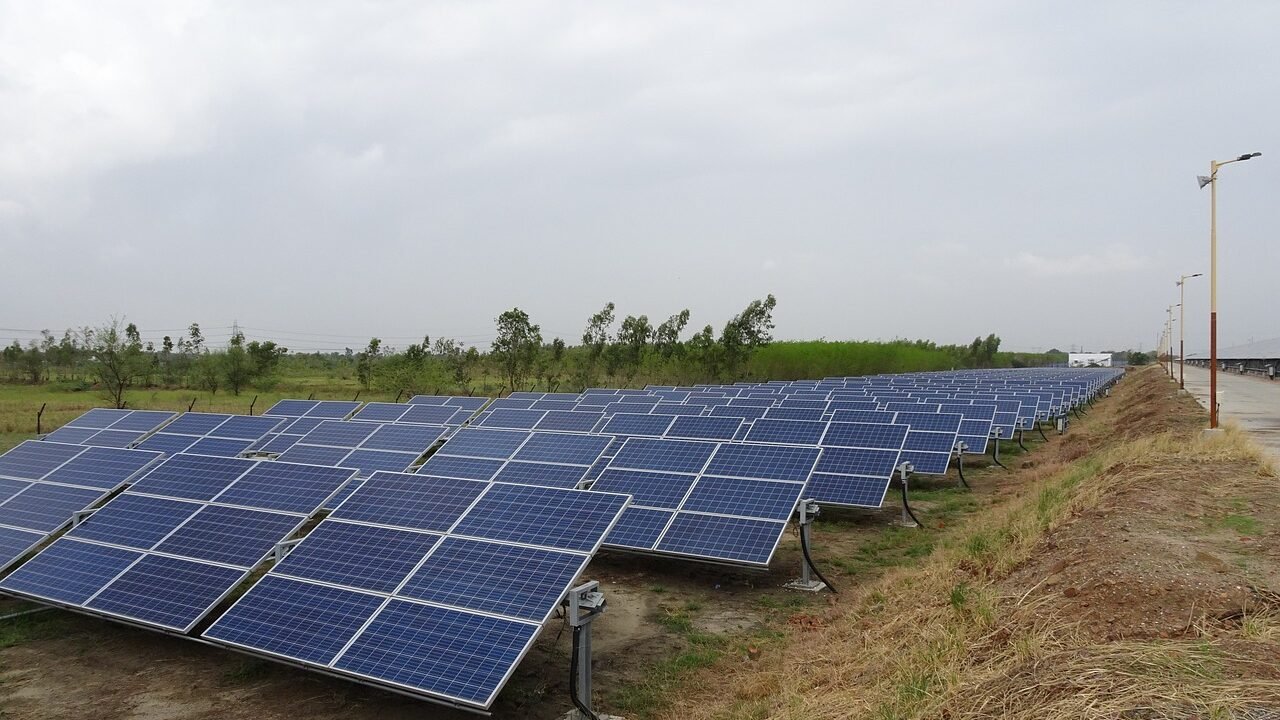
Environmental Impact of Solar Energy
1. Reduction in Greenhouse Gas Emissions
Since solar power generation emits almost no CO₂ during operation, solar energy plays a critical role in reducing India’s carbon footprint. Replacing coal and other fossil fuels with solar helps India move toward its climate targets, such as those under the Paris Agreement.
2. Lower Air Pollution
Solar eliminates many of the harmful emissions associated with conventional thermal power—sulfur dioxide (SO₂), nitrogen oxides (NOₓ), particulates—that worsen respiratory health and degrade environmental quality. This is especially beneficial in urban and industrial areas with high pollution burdens.
3. Water Conservation
Thermal power plants use large amounts of water—for cooling, ash handling, and emissions control. Solar PV systems require very little water, limited mainly to panel cleaning and occasional system maintenance. This is a major environmental benefit in water-scarce regions like Rajasthan, Andhra Pradesh, etc.
4. Efficient Use of Degraded/Non-Agricultural Lands
Studies show there is large potential in India to build solar energy installations on degraded lands, abandoned lands, rooftops, and unused built-spaces, reducing pressure on fertile agricultural lands and natural ecosystems. Using these lands helps avoid many negative impacts tied to converting productive lands.
5. Faster Energy Payback & Low Lifecycle Emissions
According to assessments, PV modules in India and globally have energy payback times (non-renewable energy used in manufacturing vs energy generated) of about one year. Lifecycle emissions for solar electricity are much lower than fossil fuel-based sources.
Solar Energy Trends Shaping the Future
Solar energy is rapidly transforming India’s energy landscape, with the country already surpassing 100 GW of installed solar capacity and moving toward its ambitious goal of 500 GW of non-fossil capacity by 2030. This expansion is not limited to large utility-scale plants but also includes a surge in rooftop and distributed solar systems. A key trend shaping the future is the localization of supply chains, as India invests heavily in domestic manufacturing of modules, cells, and wafers, supported by government incentives and upcoming regulations such as the Approved List of Models & Manufacturers (ALMM) for wafers by 2028.
Another major shift is the integration of solar with energy storage systems, making renewable power more reliable beyond daylight hours. This goes hand in hand with the rise of hybrid projects that combine solar, wind, and storage to provide round-the-clock clean energy while strengthening grid stability. Technological advancements are also driving higher efficiencies, with new cell technologies like TOPCon, HJT, bifacial, and perovskite panels delivering greater output per unit area—particularly valuable for industries where space is limited. Meanwhile, innovative deployment models such as floating solar, agrivoltaics, and solar carports are optimizing land use, conserving water, and enabling dual benefits.
The adoption of digital technologies, AI, IoT, and drones is further improving operations and maintenance, reducing downtime, and enhancing system reliability. On the policy side, reductions in GST, stricter quality standards, and stronger infrastructure support are creating a more favorable environment for solar investments. Overall, the future of solar energy in India is being shaped by scalability, innovation, and reliability, positioning it as not just an alternative energy source but a cornerstone of sustainable industrial and economic growth.
Implementing a Solar Energy Solution: Step-by-Step
- Consultation: The process begins with a consultation to understand the industry’s energy requirements, site conditions, and long-term goals. This step helps define the scope and type of solar energy solution most suitable for the facility.
- Feasibility Study: A detailed technical and financial analysis is carried out. This includes assessing rooftop or land space, solar irradiance, shading, structural strength, and evaluating ROI, payback period, and incentives.
- System Design: Engineers create a customized design tailored to industrial needs. This includes selecting the right solar panels (mono-PERC, bifacial, thin-film), inverters (string or central), mounting structures, and storage solutions, ensuring maximum efficiency and safety.
- Procurement & Installation: High-quality solar modules, inverters, and balance-of-system components are procured from certified suppliers. An experienced EPC team executes the installation with minimal disruption to industrial operations.
- Commissioning: Once installed, the solar energy solution undergoes rigorous testing to validate performance, safety, and compliance with standards. The system is then connected to the grid or designed as per the chosen model (on-grid, hybrid, or off-grid).
- Monitoring & Maintenance: Continuous monitoring ensures the system runs at peak efficiency. Regular cleaning, inspections, and preventive maintenance extend the lifespan of the solar energy solution while maintaining consistent output.
The Future of Industrial Solar Energy
India is demonstrating significant global leadership in industrial solar energy, propelled by substantial investments, technological advancements, and supportive government policies. The nation’s solar capacity has surpassed 100 GW, with a target of 500 GW of renewable energy capacity by 2030, placing solar power at the core of its energy strategy.
Key drivers include:
- Major Investments: Companies like the RP-Sanjiv Goenka Group are investing over ₹3,000 crore in solar cell and energy storage facilities, aiming to create jobs and boost economic development. Reliance Industries is developing the Dhirubhai Ambani Green Energy Giga Complex, focusing on large-scale solar photovoltaic module and energy storage manufacturing.
- Technological Innovations: The adoption of bifacial solar panels, advanced energy storage solutions, hybrid solar-wind systems, and smart grid integration are enhancing energy yield, reliability, and efficiency in power management.
- Policy Support: A reduction in GST on renewable energy equipment from 12% to 5% is lowering procurement costs for industries, with anticipated annual savings of ₹3,000 crore for distribution companies, thus encouraging green energy adoption.
- Global Leadership: Through initiatives like the International Solar Alliance, India actively promotes international cooperation and knowledge exchange, reinforcing its position in the global sustainable energy transition.
- Industrial Benefits: Industries adopting solar energy stand to gain from cost savings, improved sustainability credentials, enhanced energy security, and a competitive advantage in alignment with global environmental trends.
Conclusion
For businesses today, solar energy is far more than just a green initiative—it’s a smart, practical, and cost-effective strategy for long-term success. With electricity costs rising, environmental regulations tightening, and stakeholders demanding stronger sustainability practices, companies must rethink how they power their operations. Solar provides the perfect answer: it reduces operational expenses, stabilizes energy supply, and strengthens your environmental commitment—all while improving brand reputation and ESG performance.More importantly, solar is not just about cutting costs; it’s about safeguarding your business against future risks and unlocking new growth opportunities.
By making the switch now, you can save significantly on energy bills, reinvest those savings into expansion, secure reliable power, and align your business with the global shift toward a cleaner, greener future. Solar energy is more than a technology—it’s a pathway to resilience, profitability, and leadership. The time to act is now; start your solar journey today and let your business shine brighter, cleaner, and stronger than ever before.
